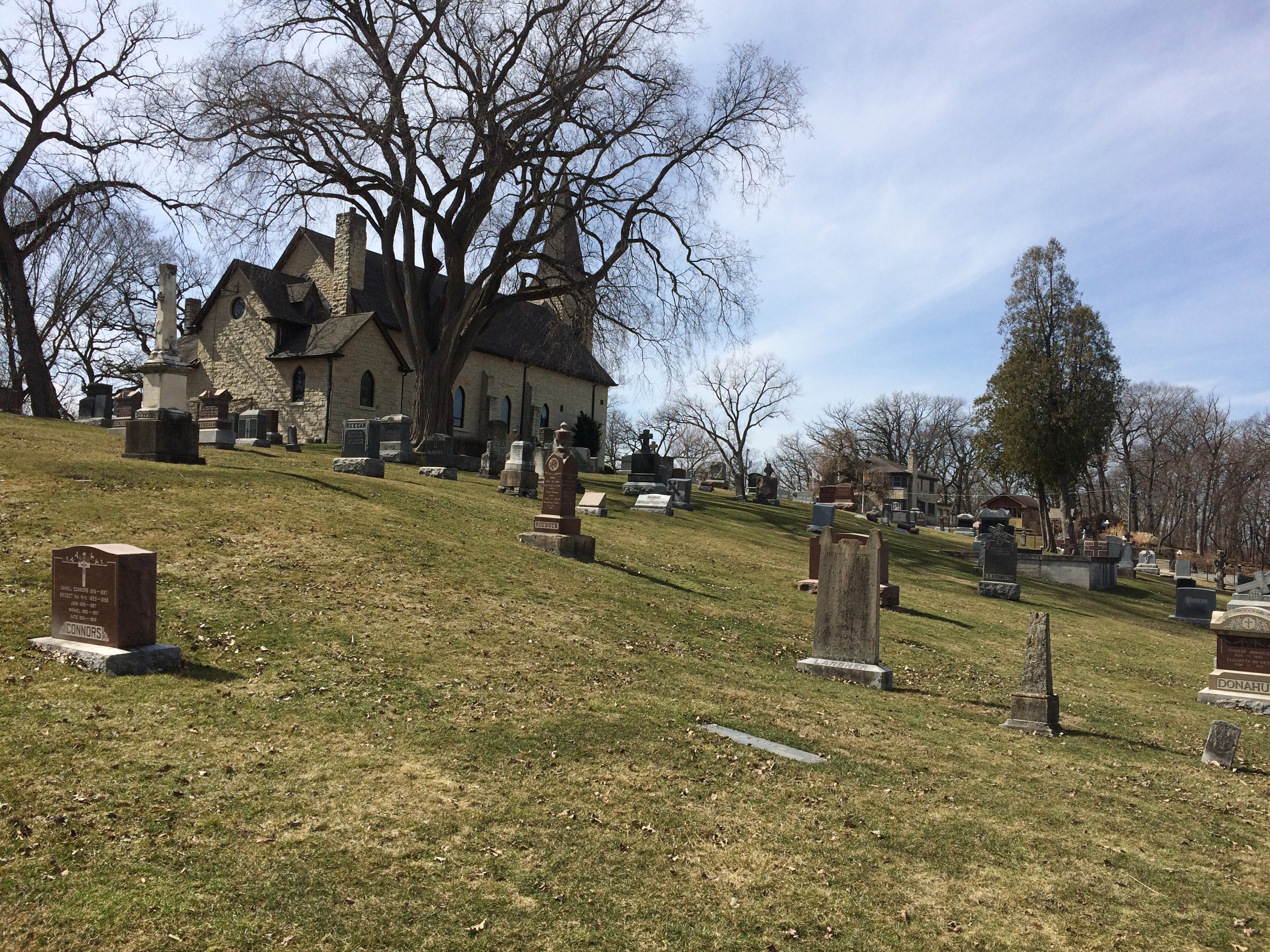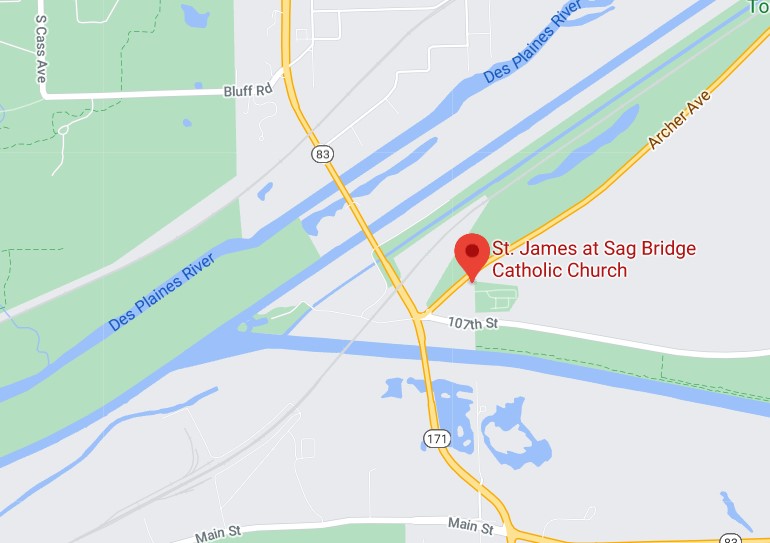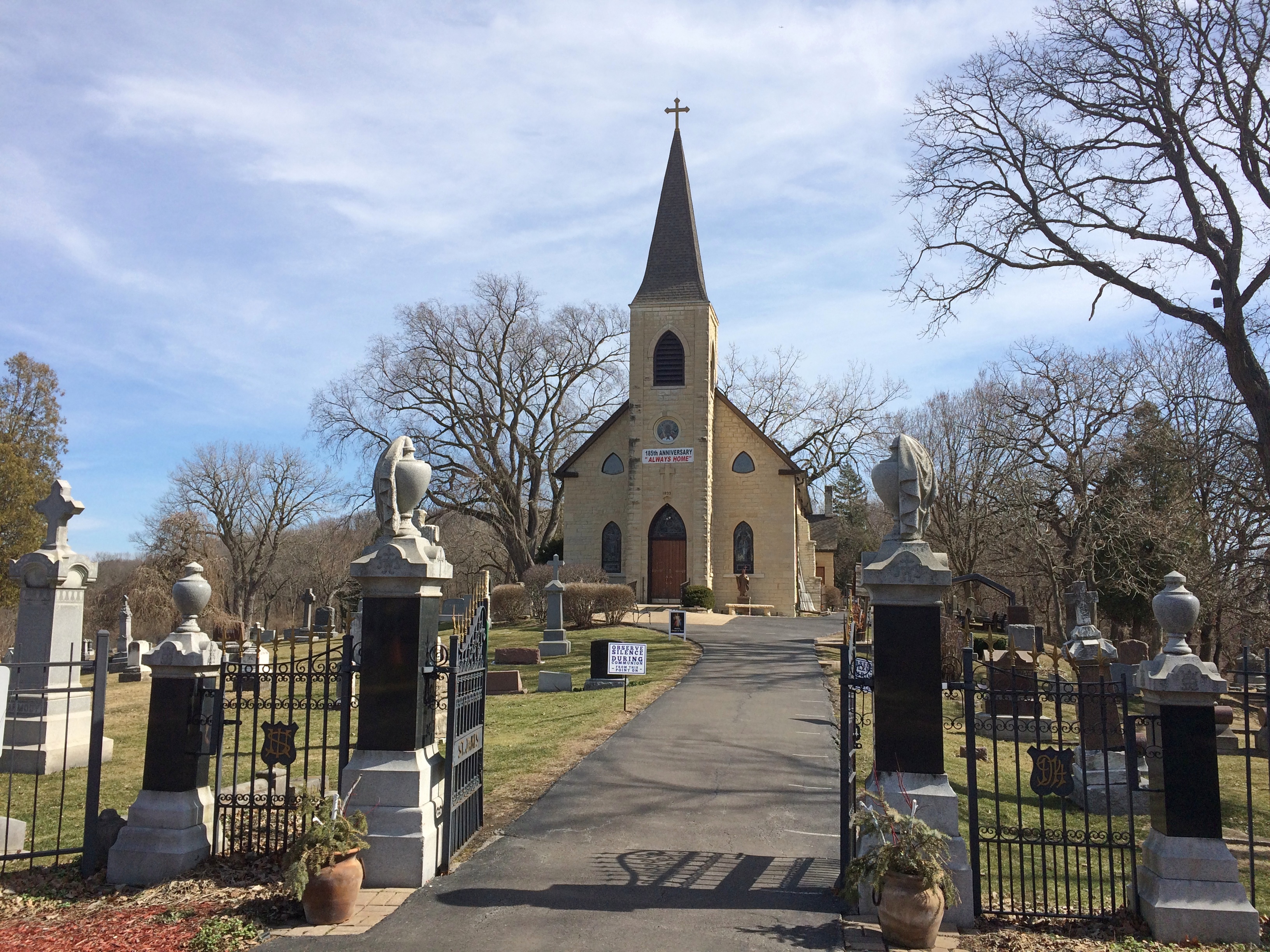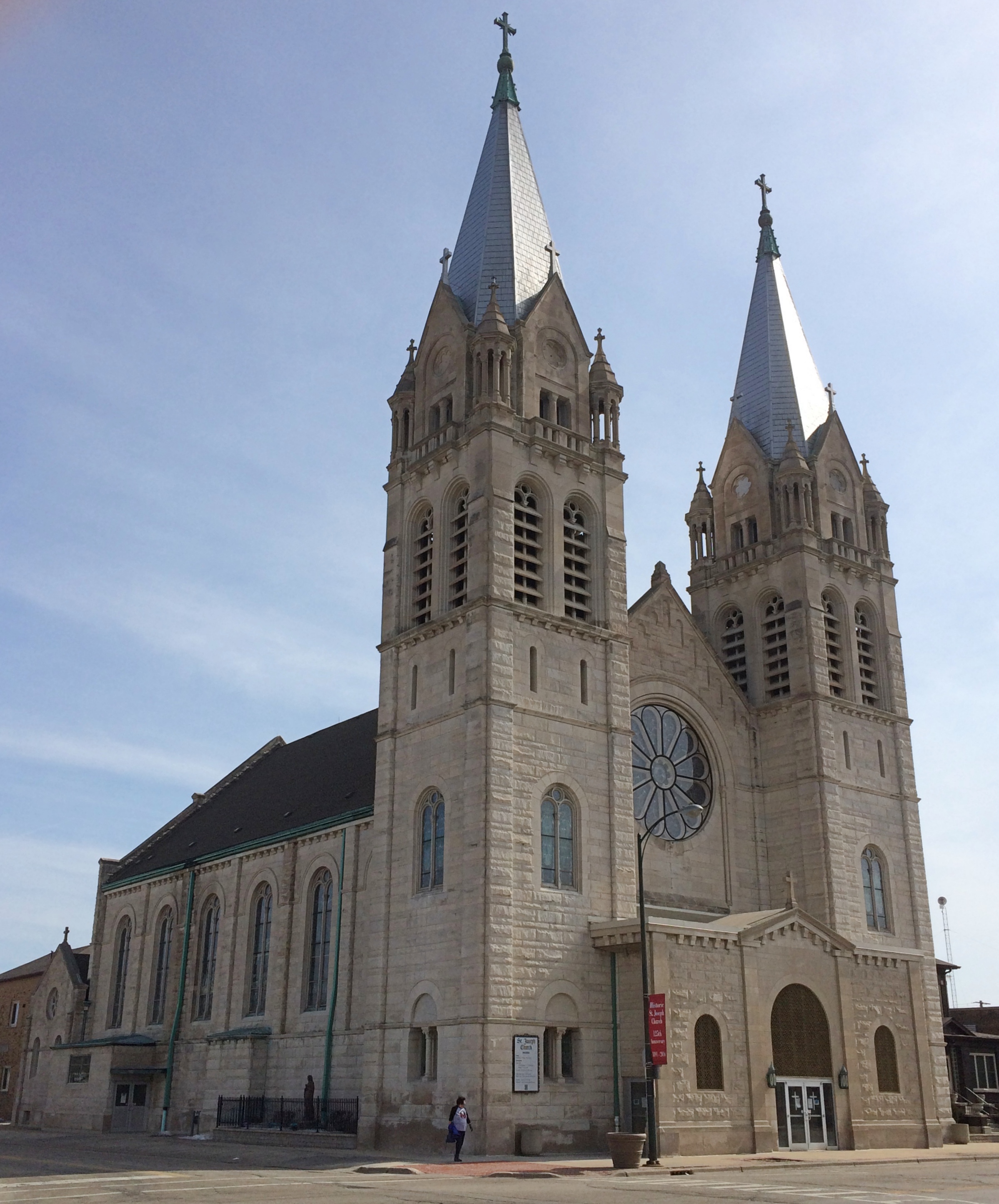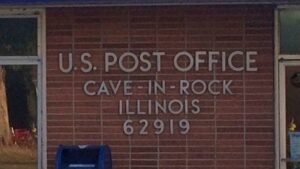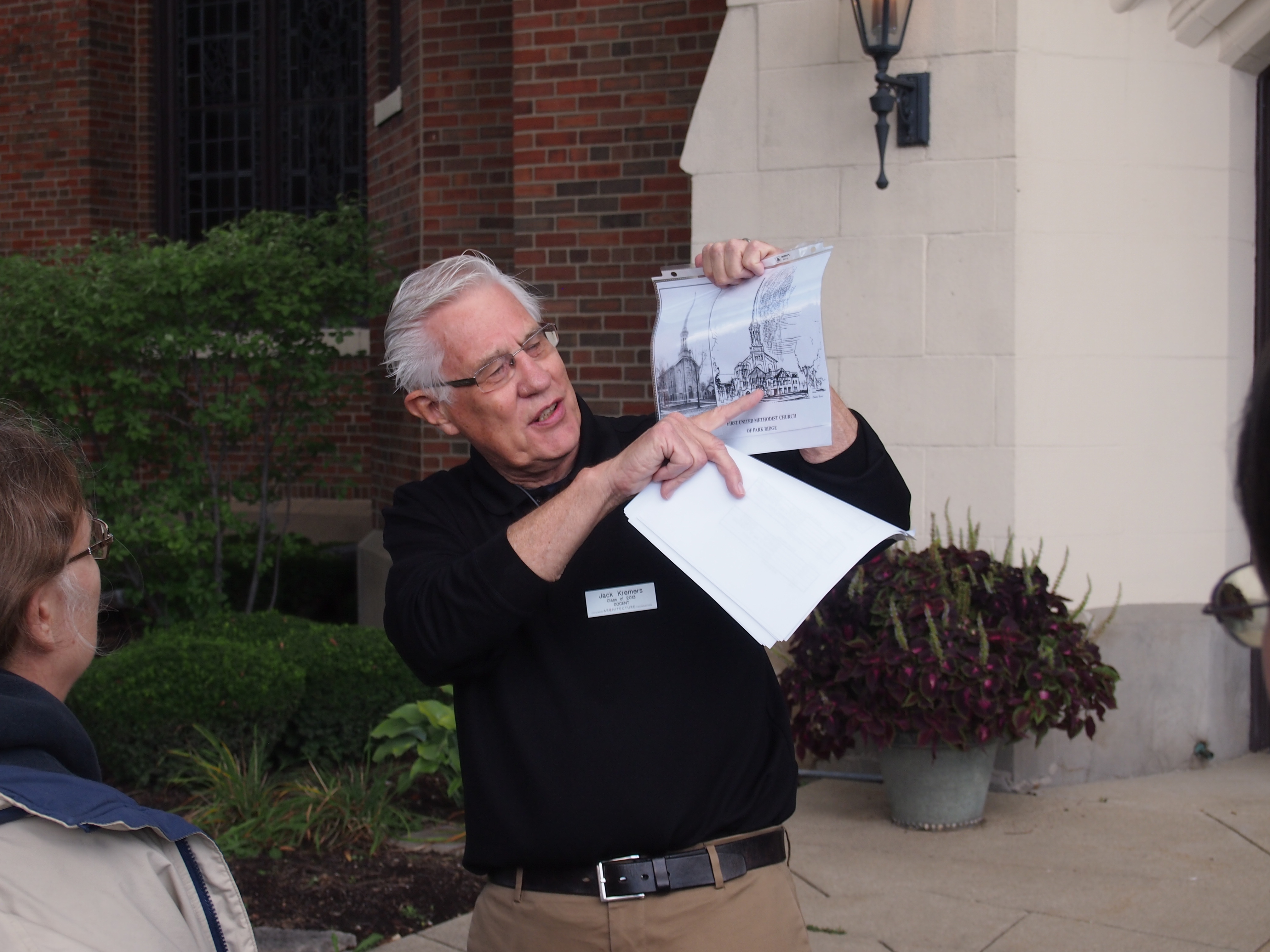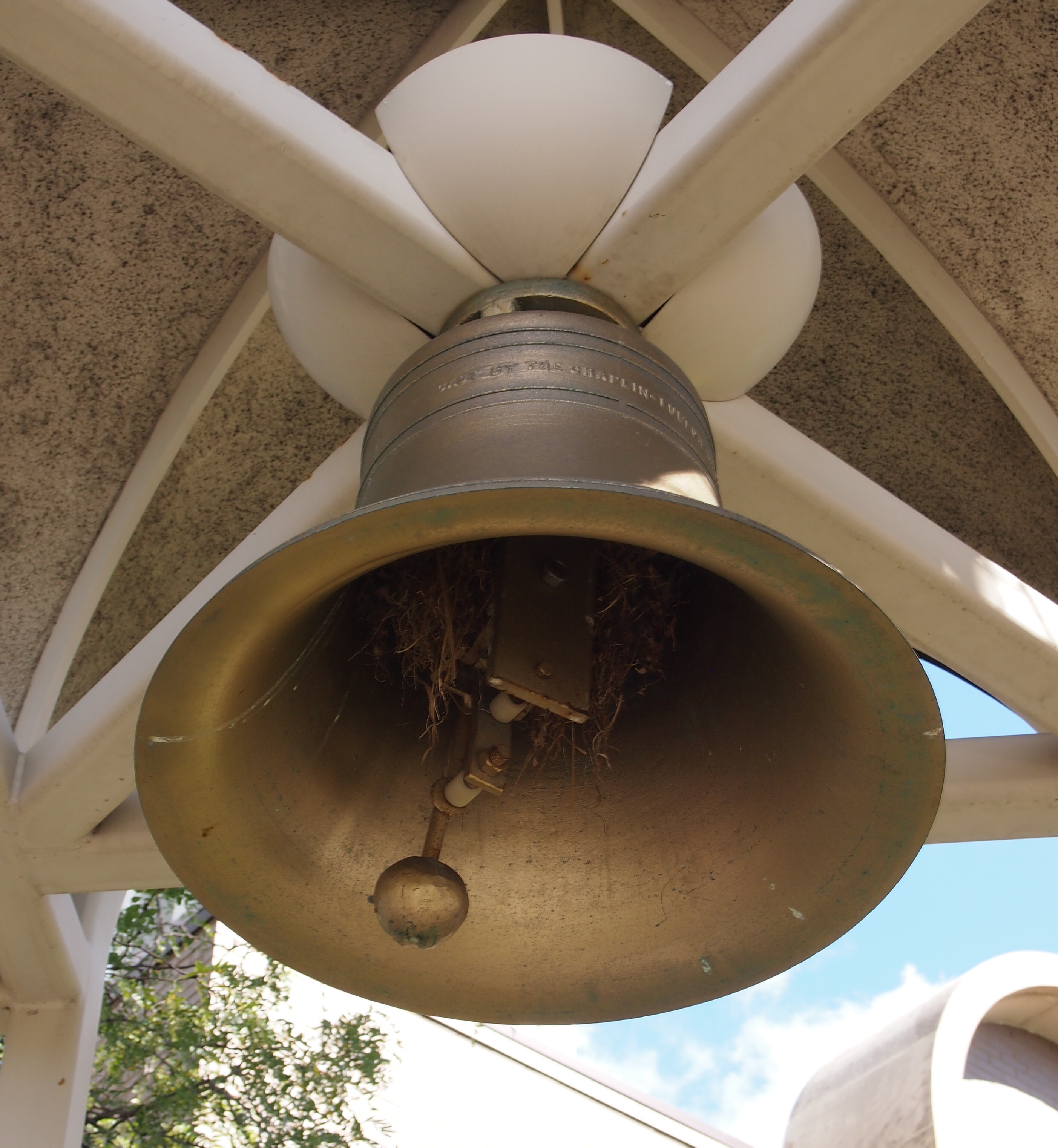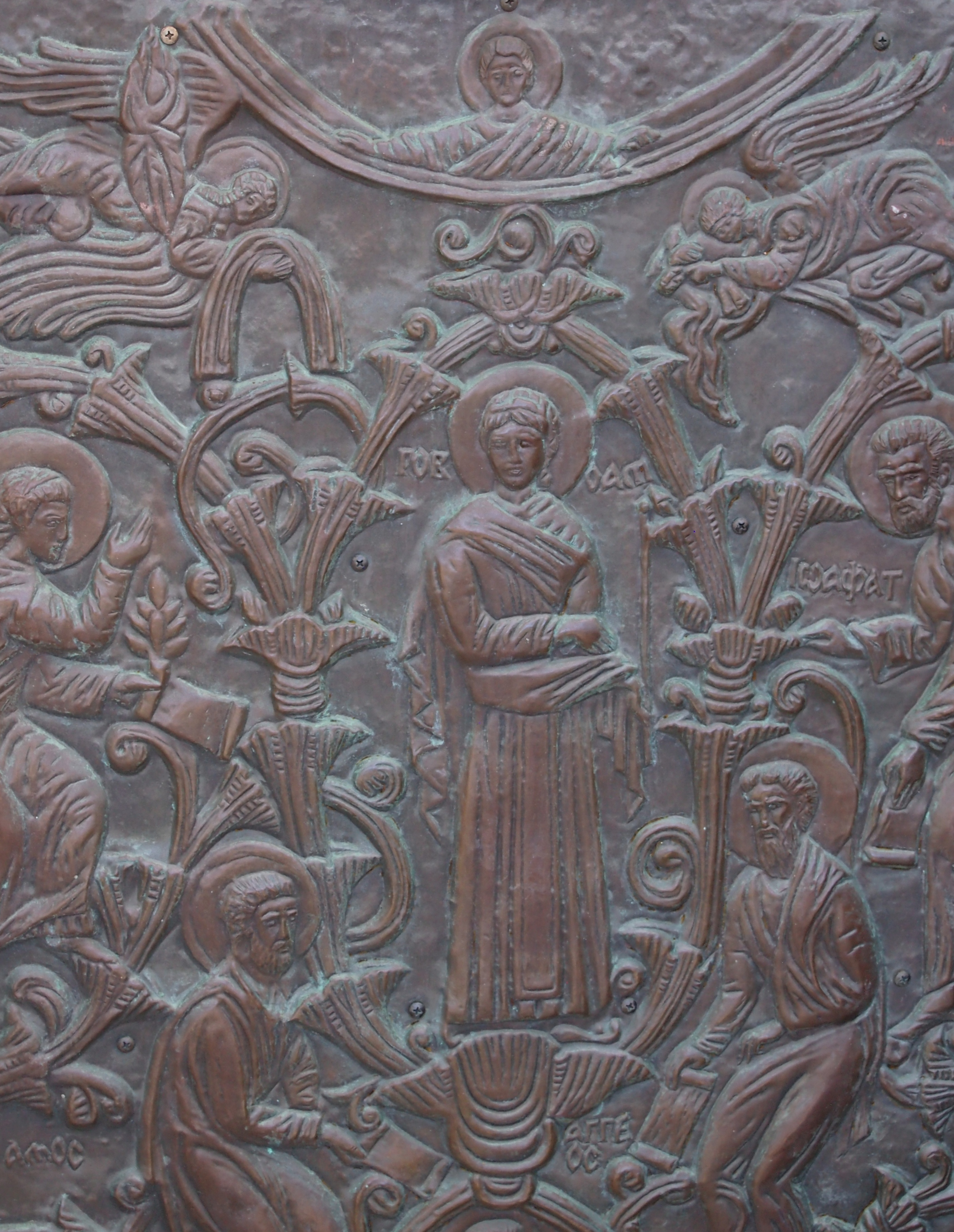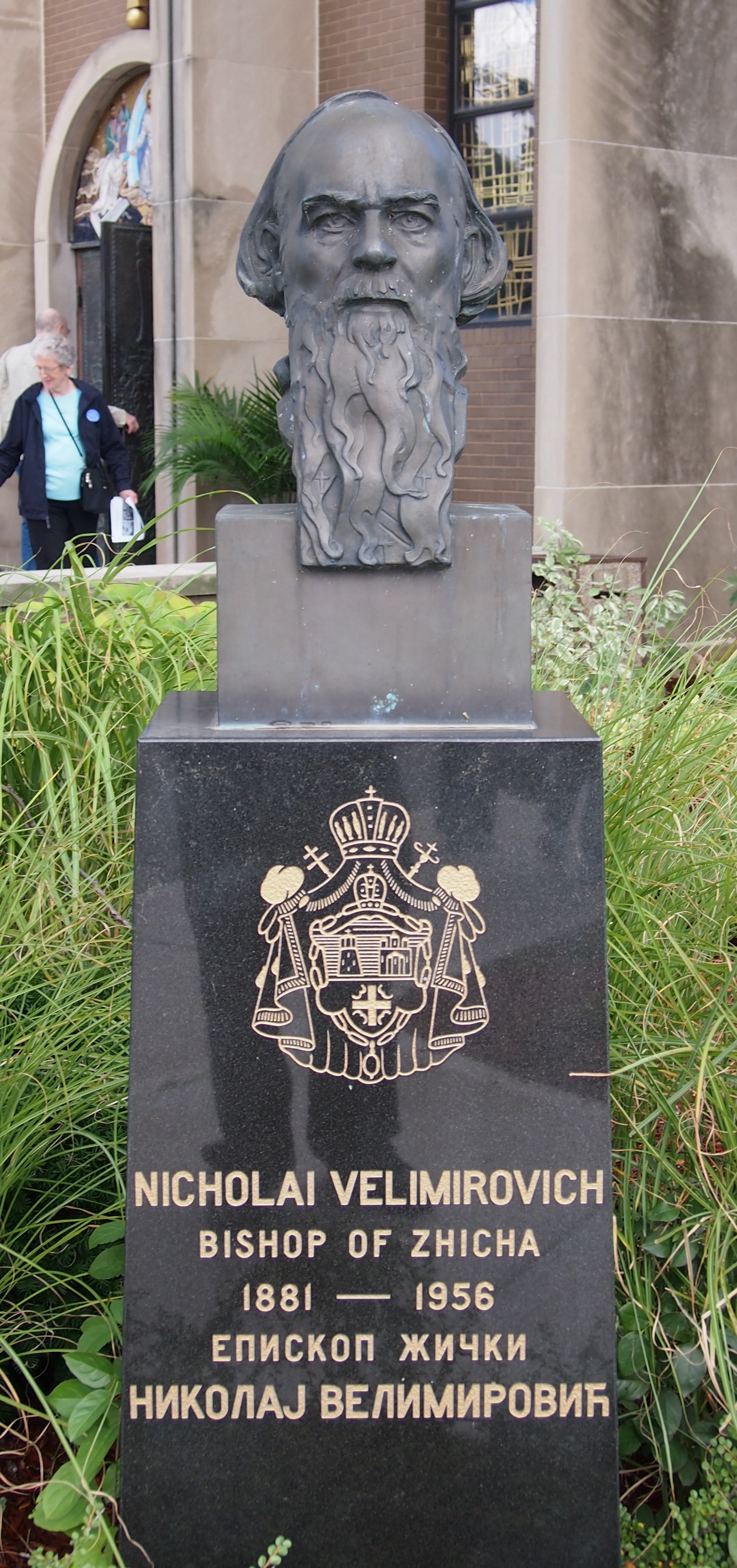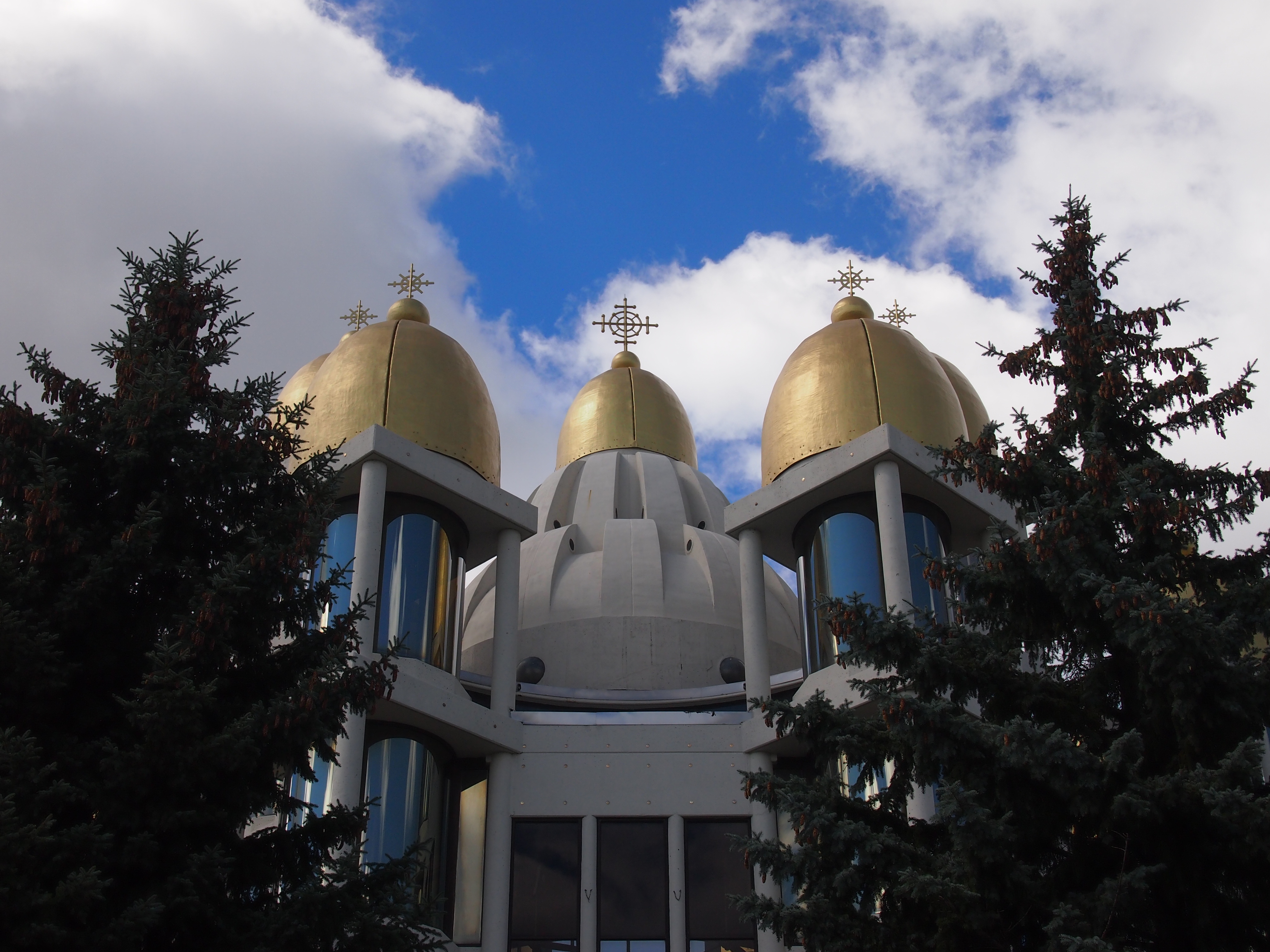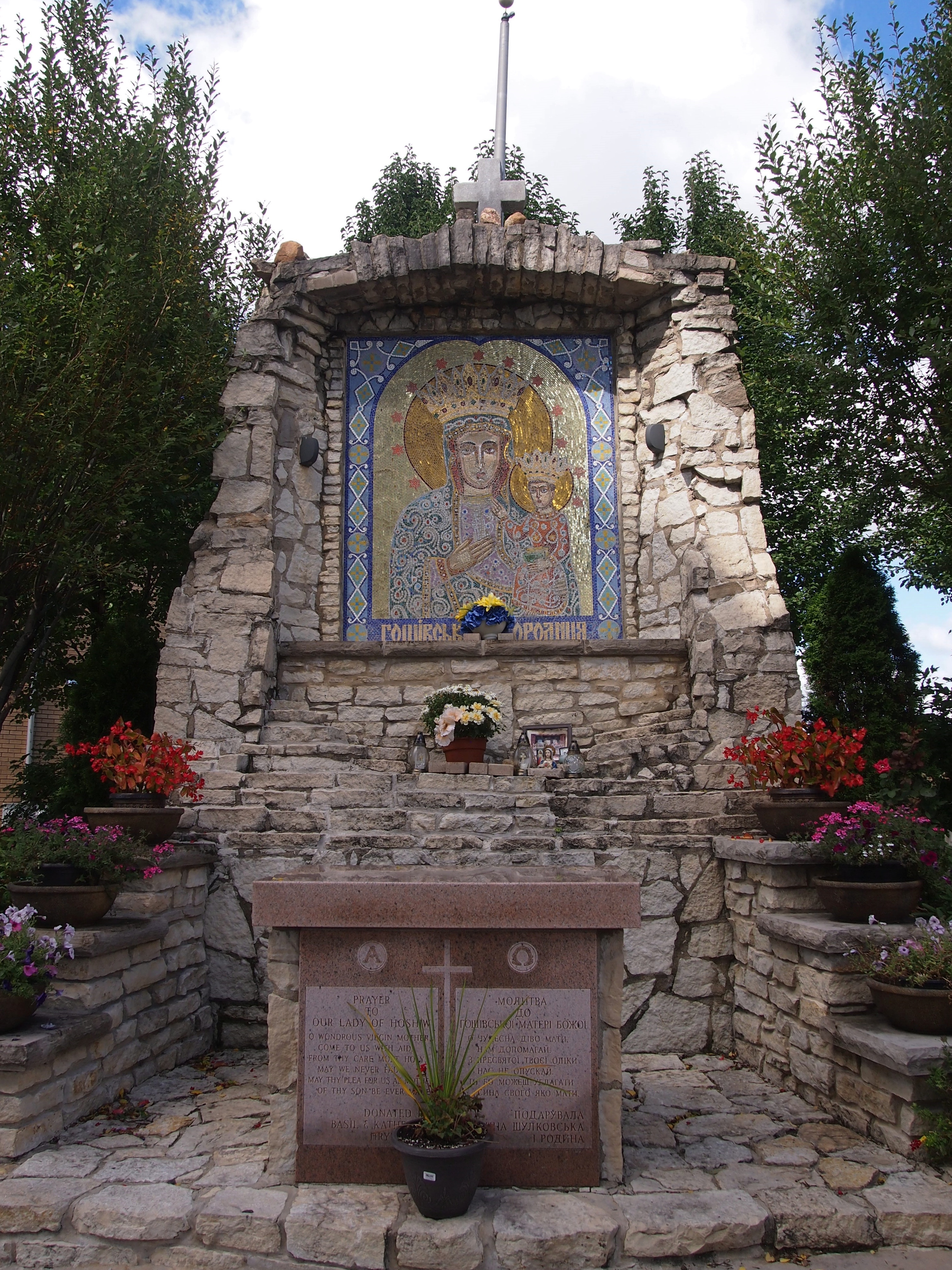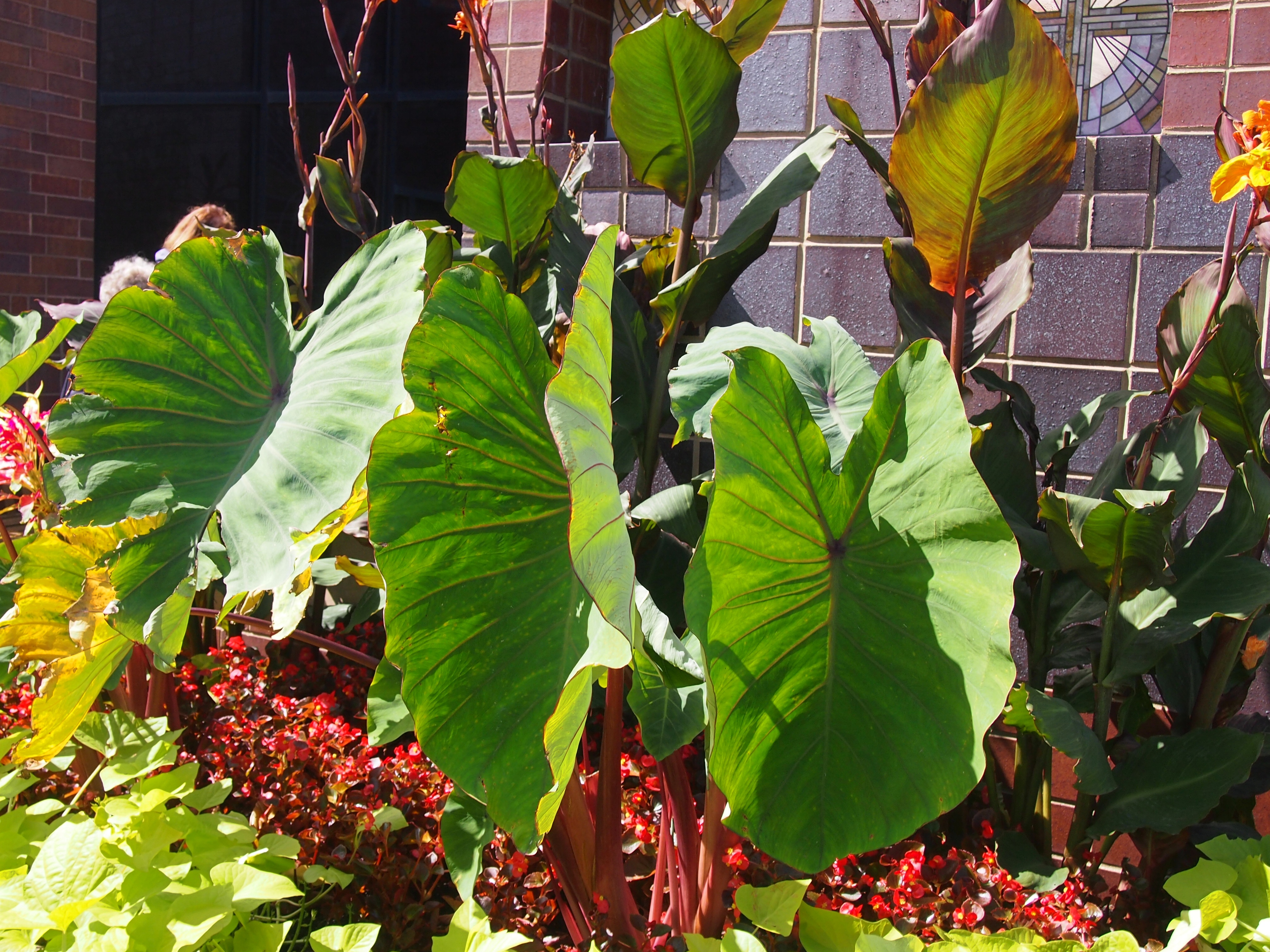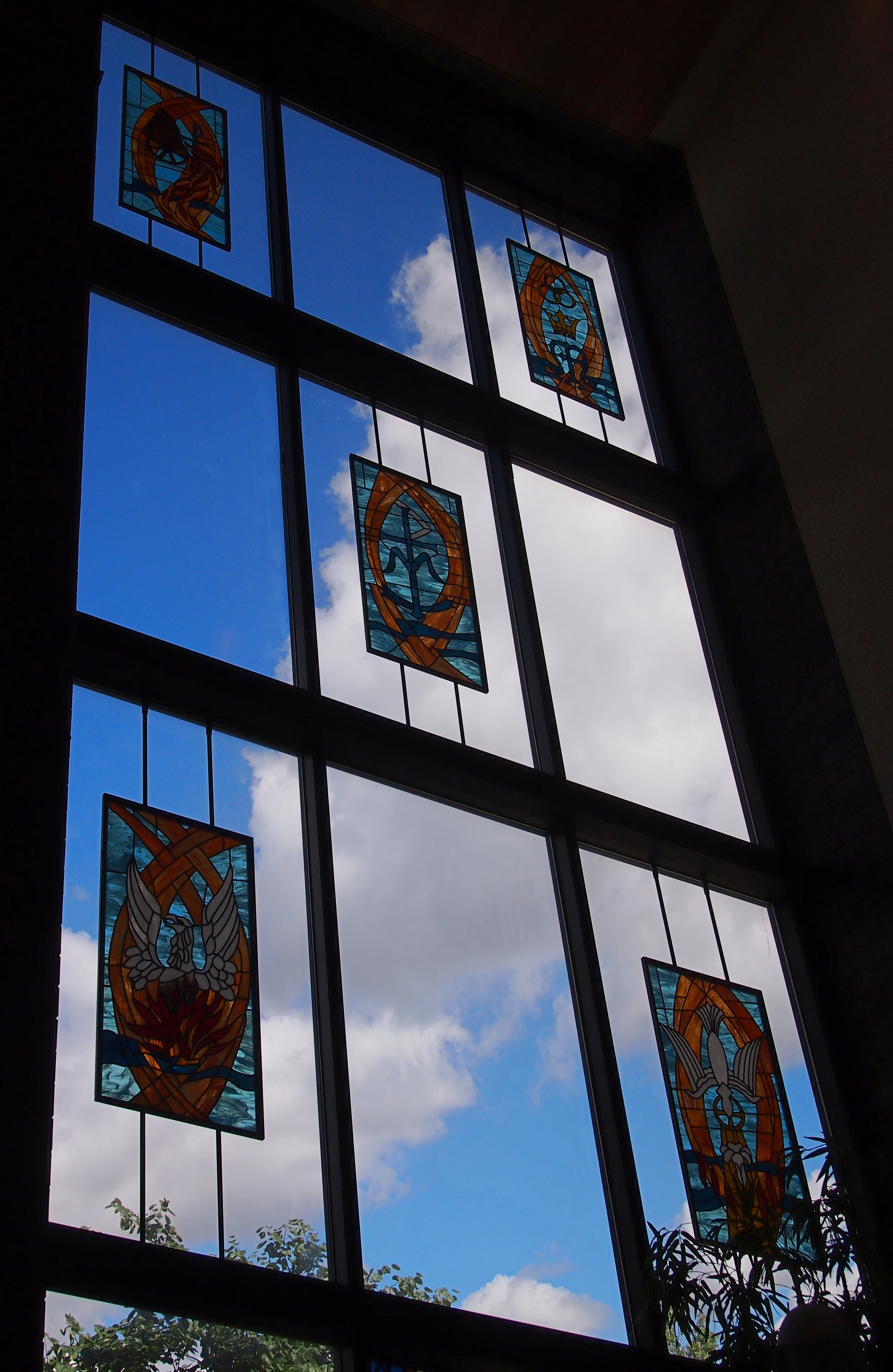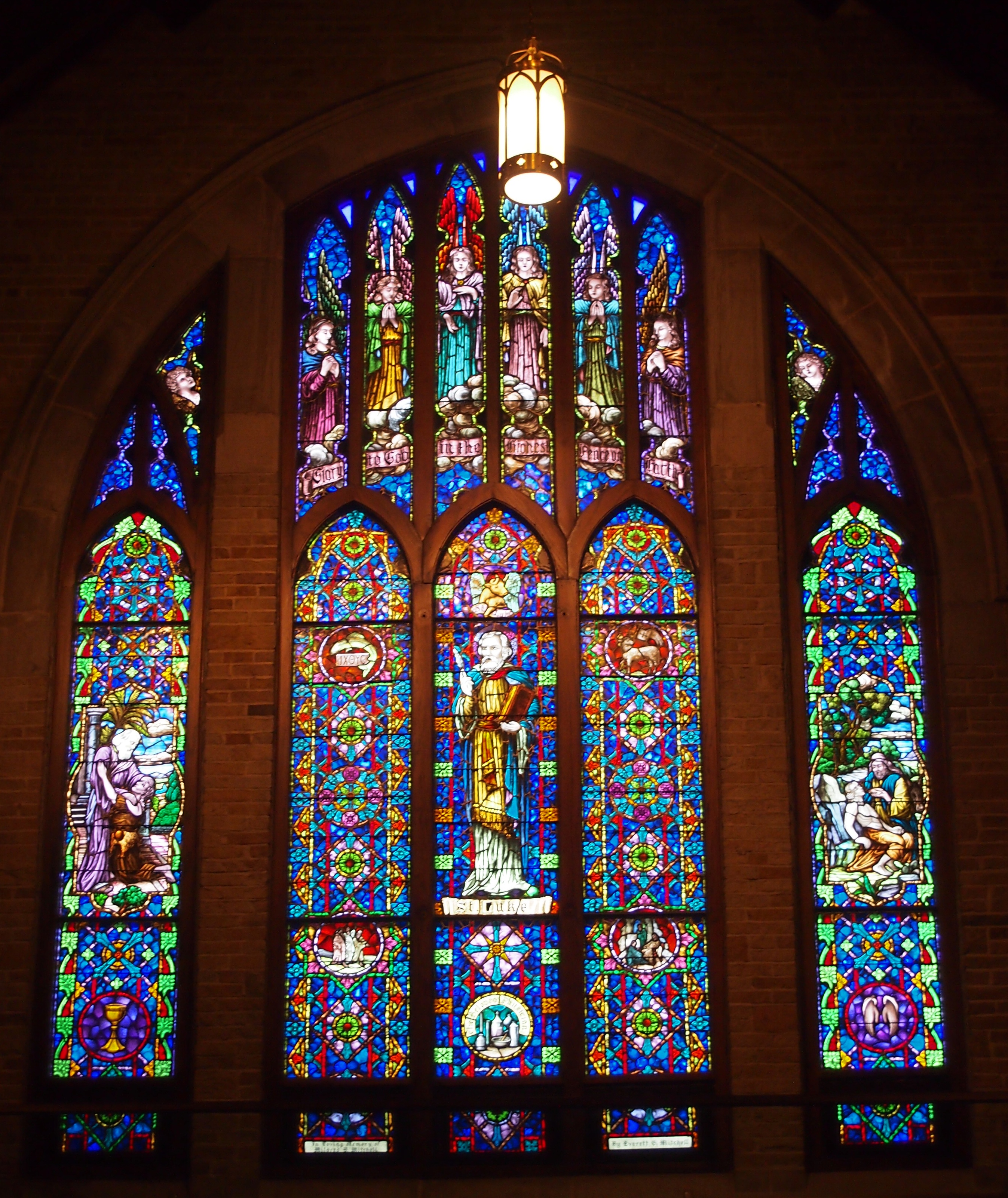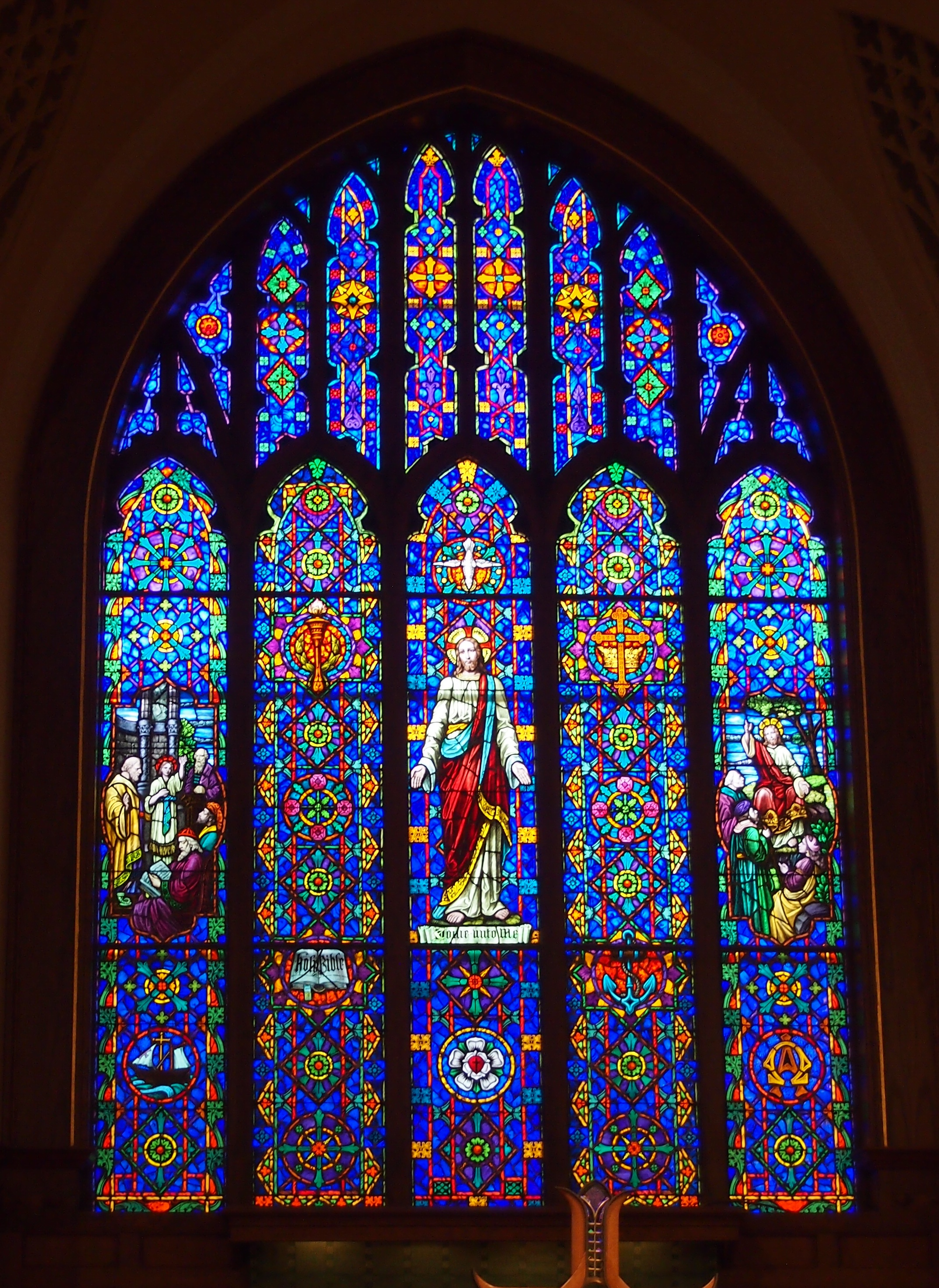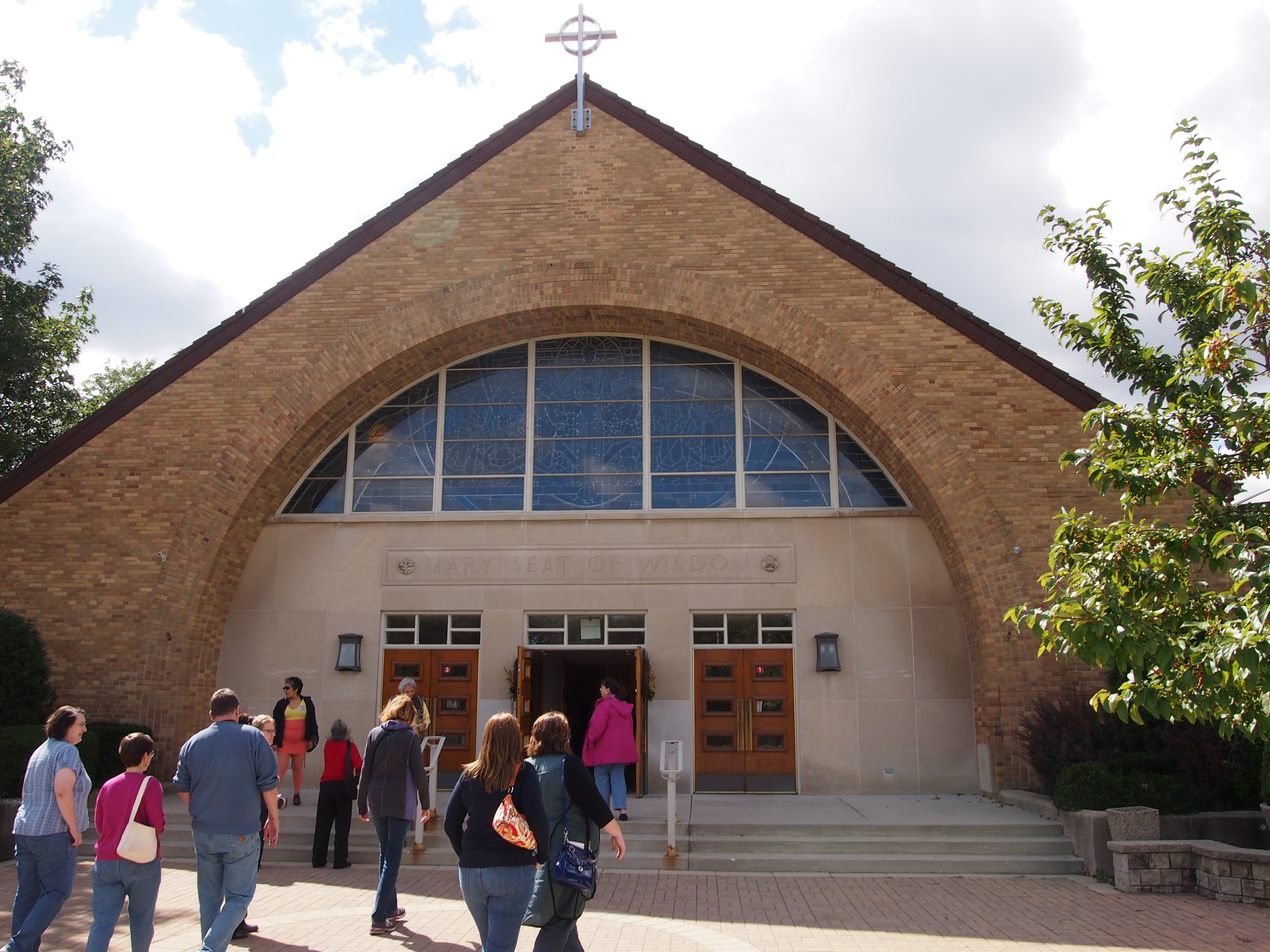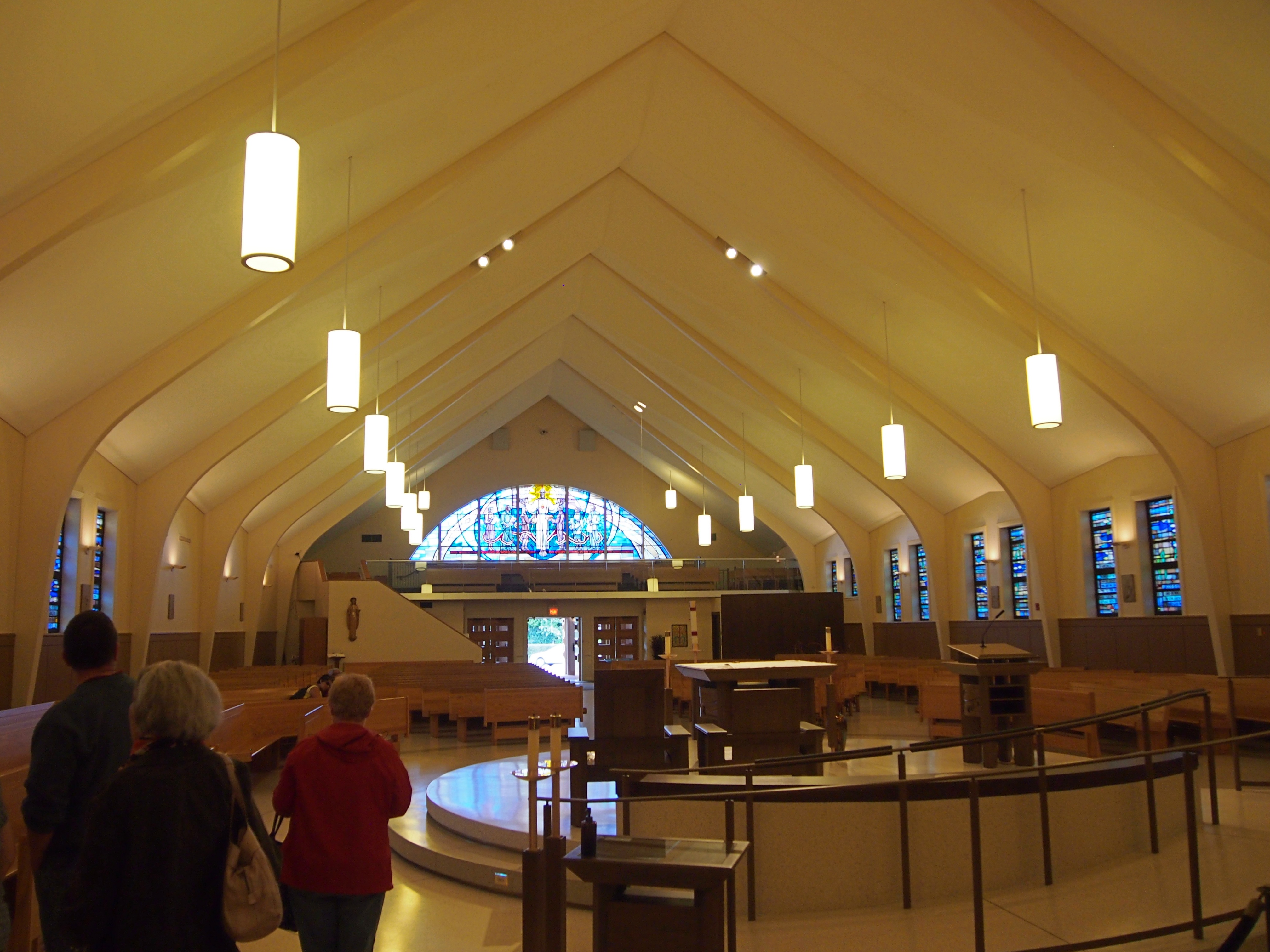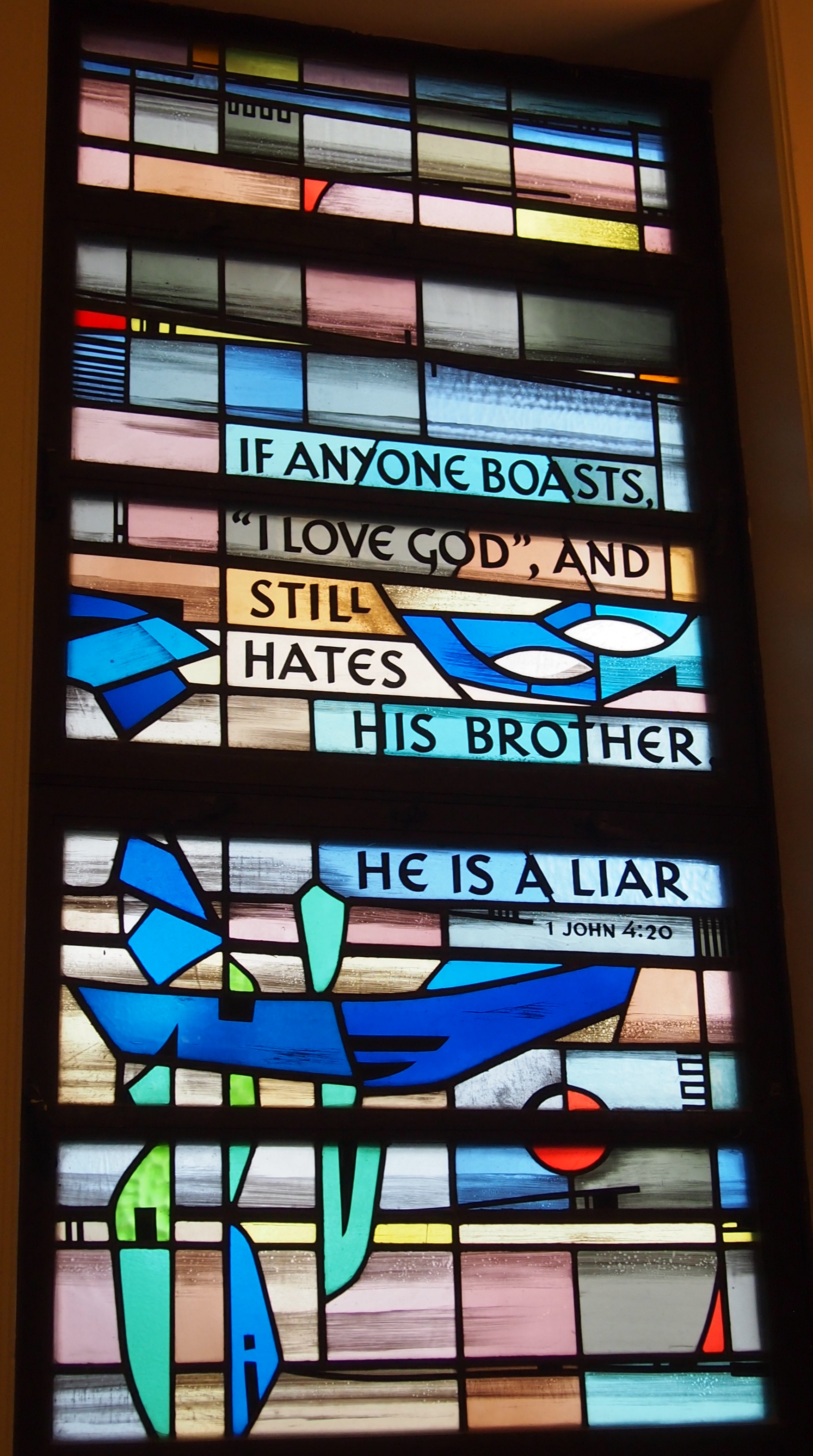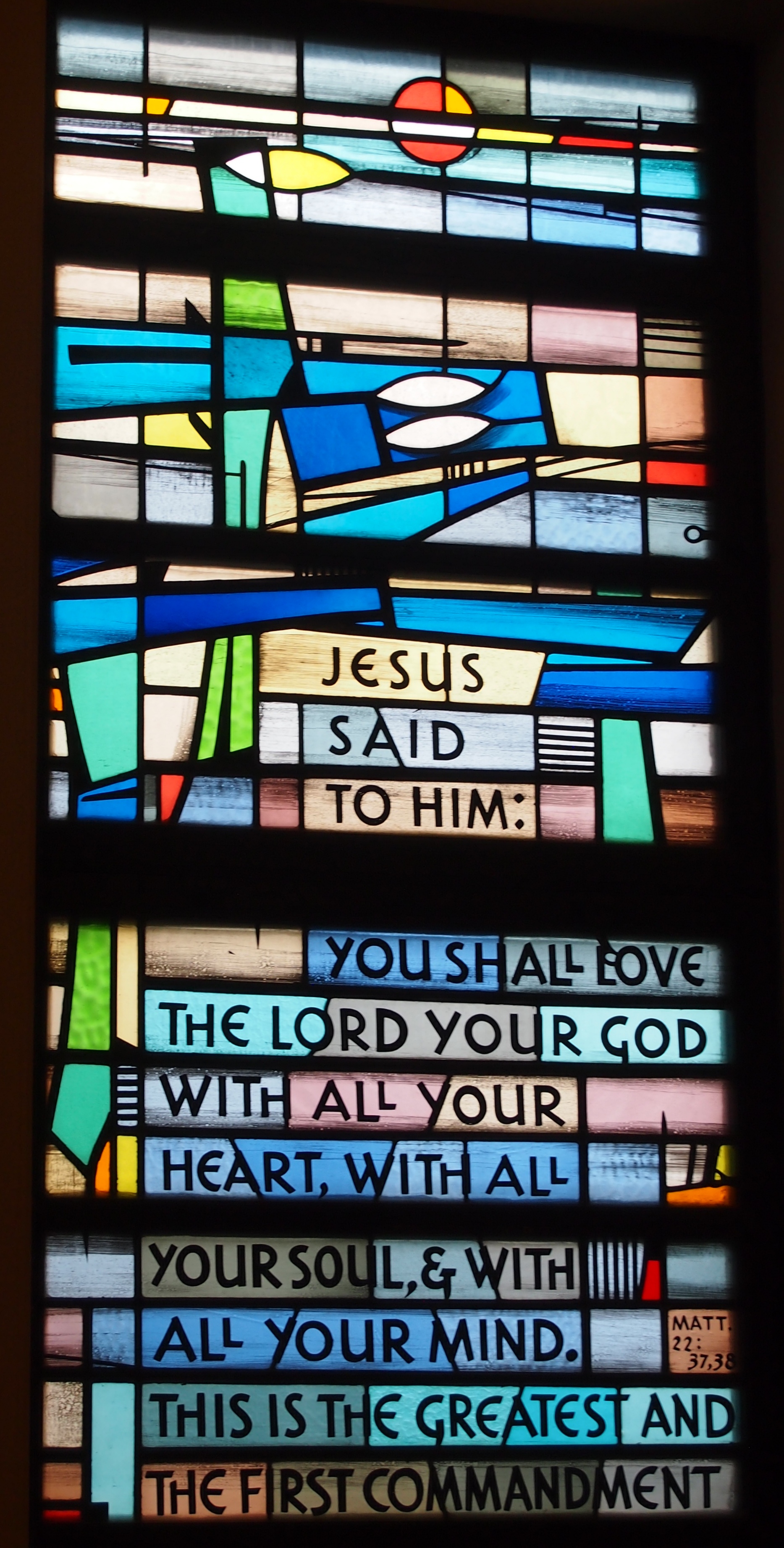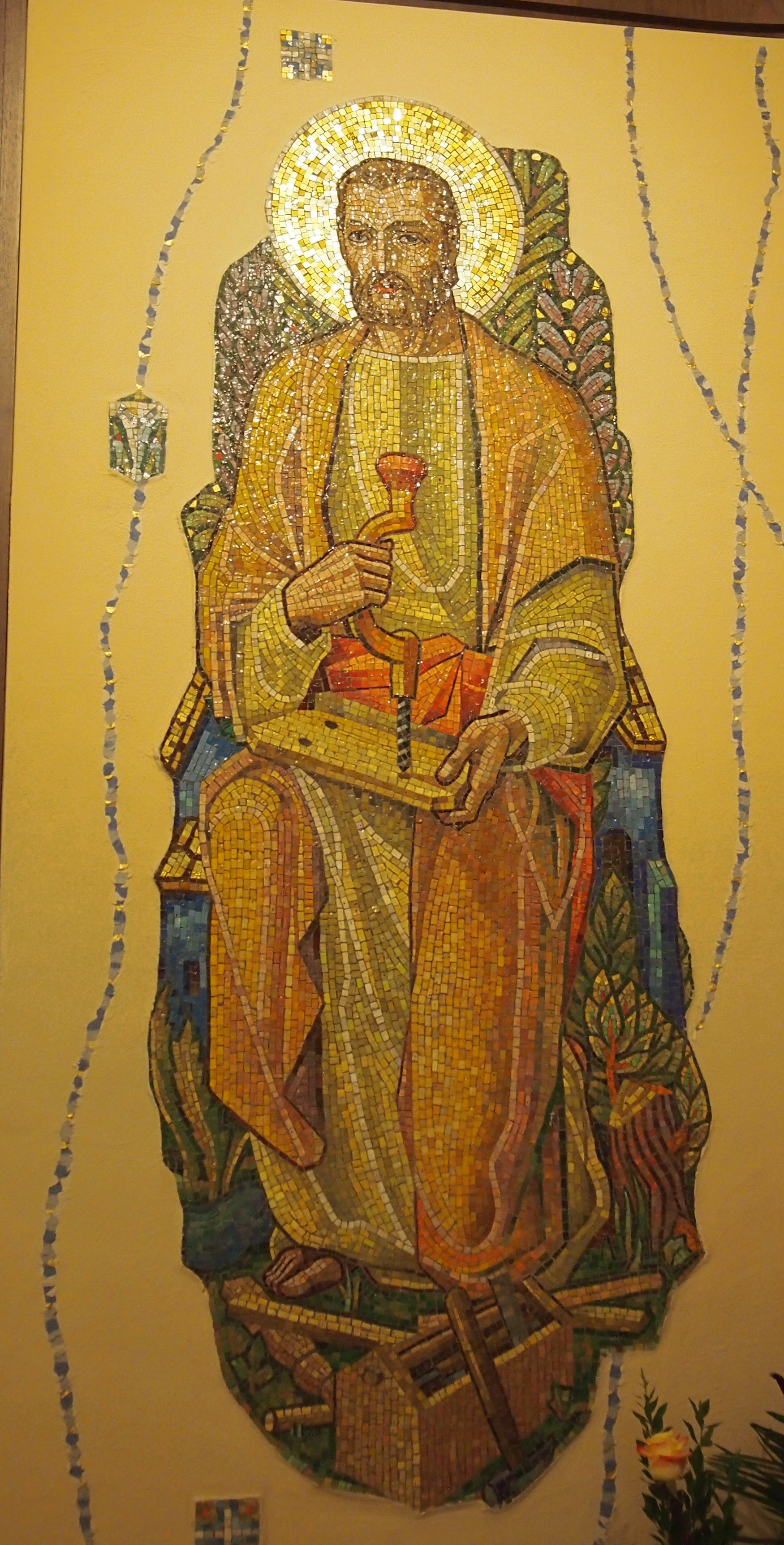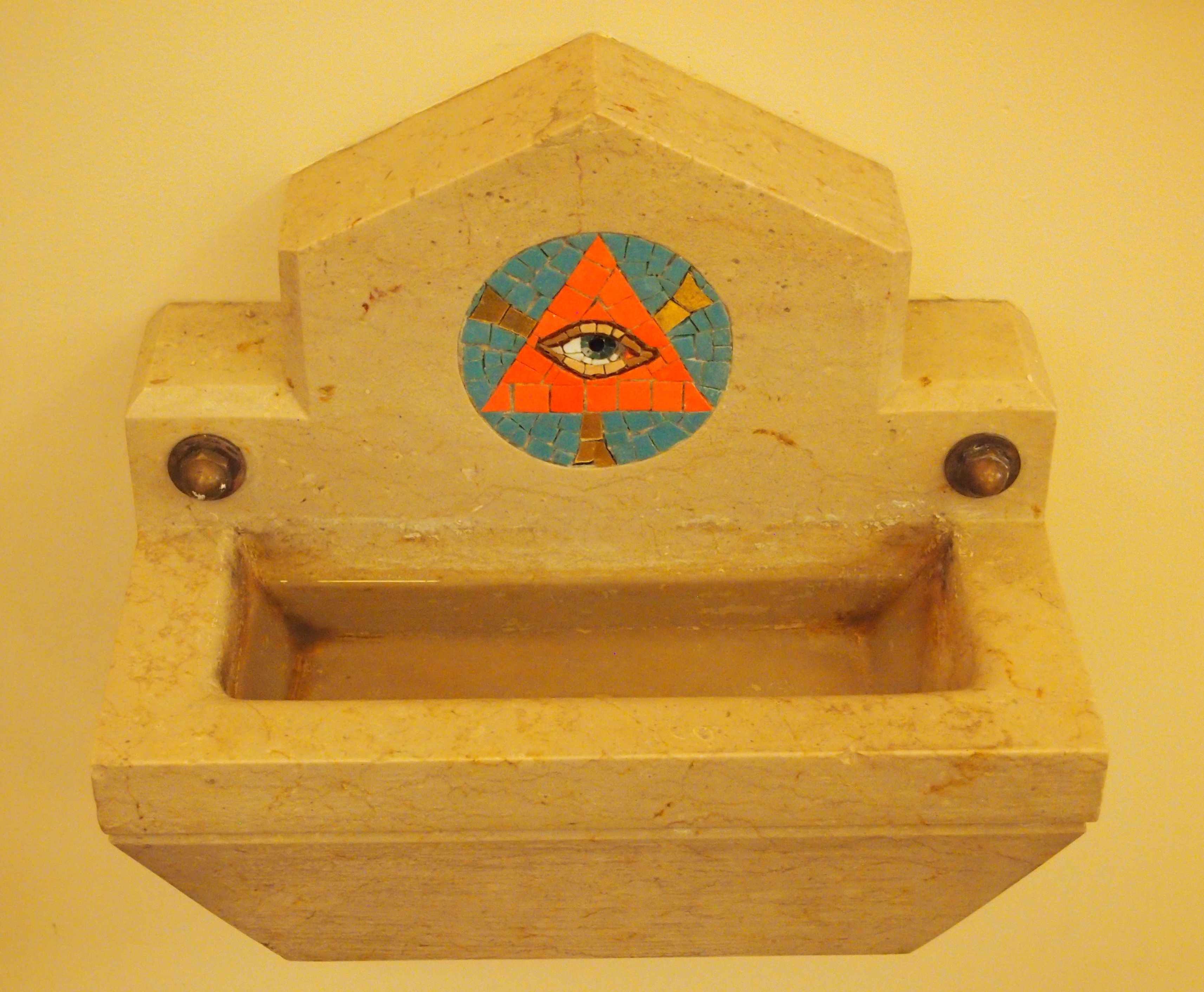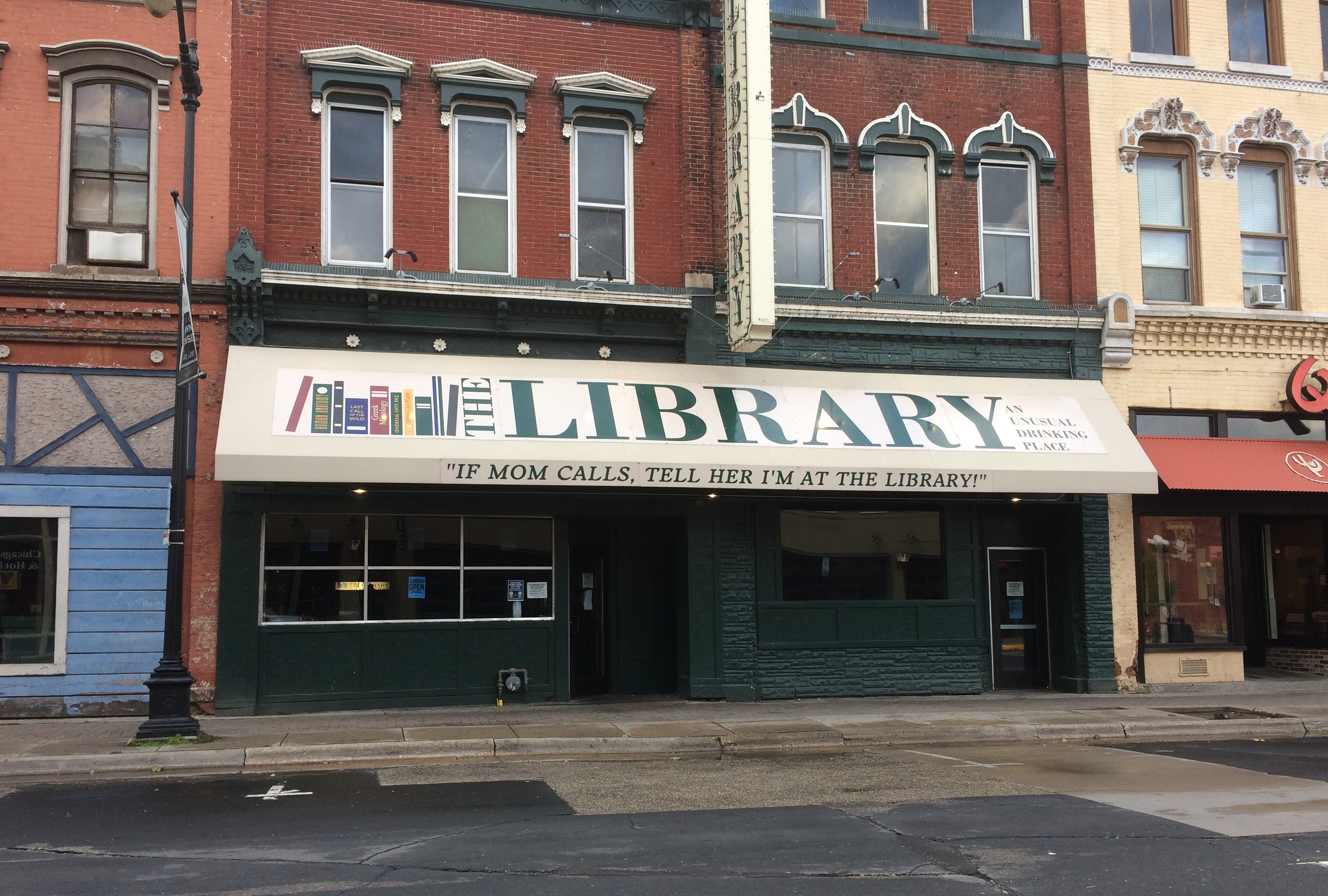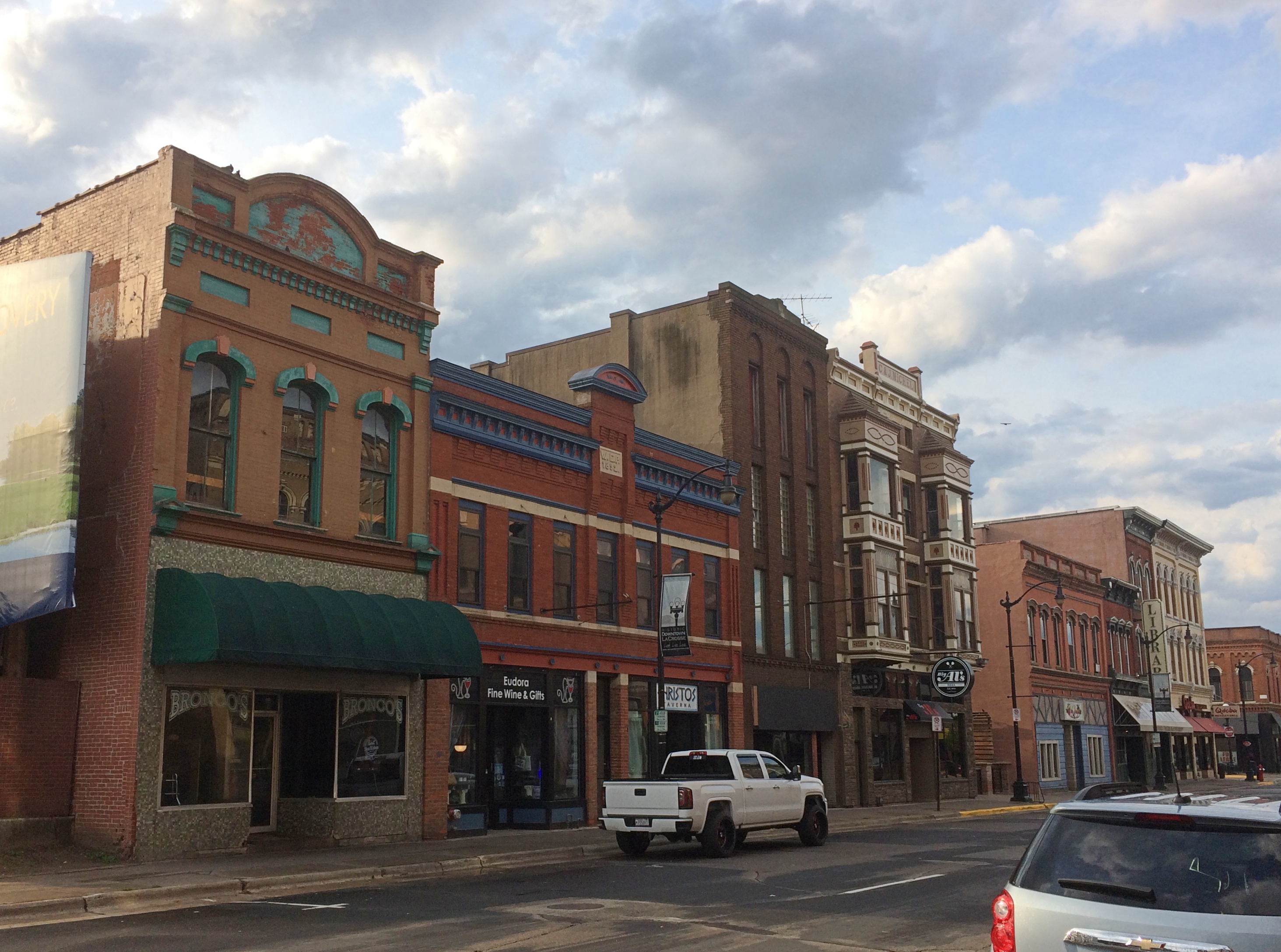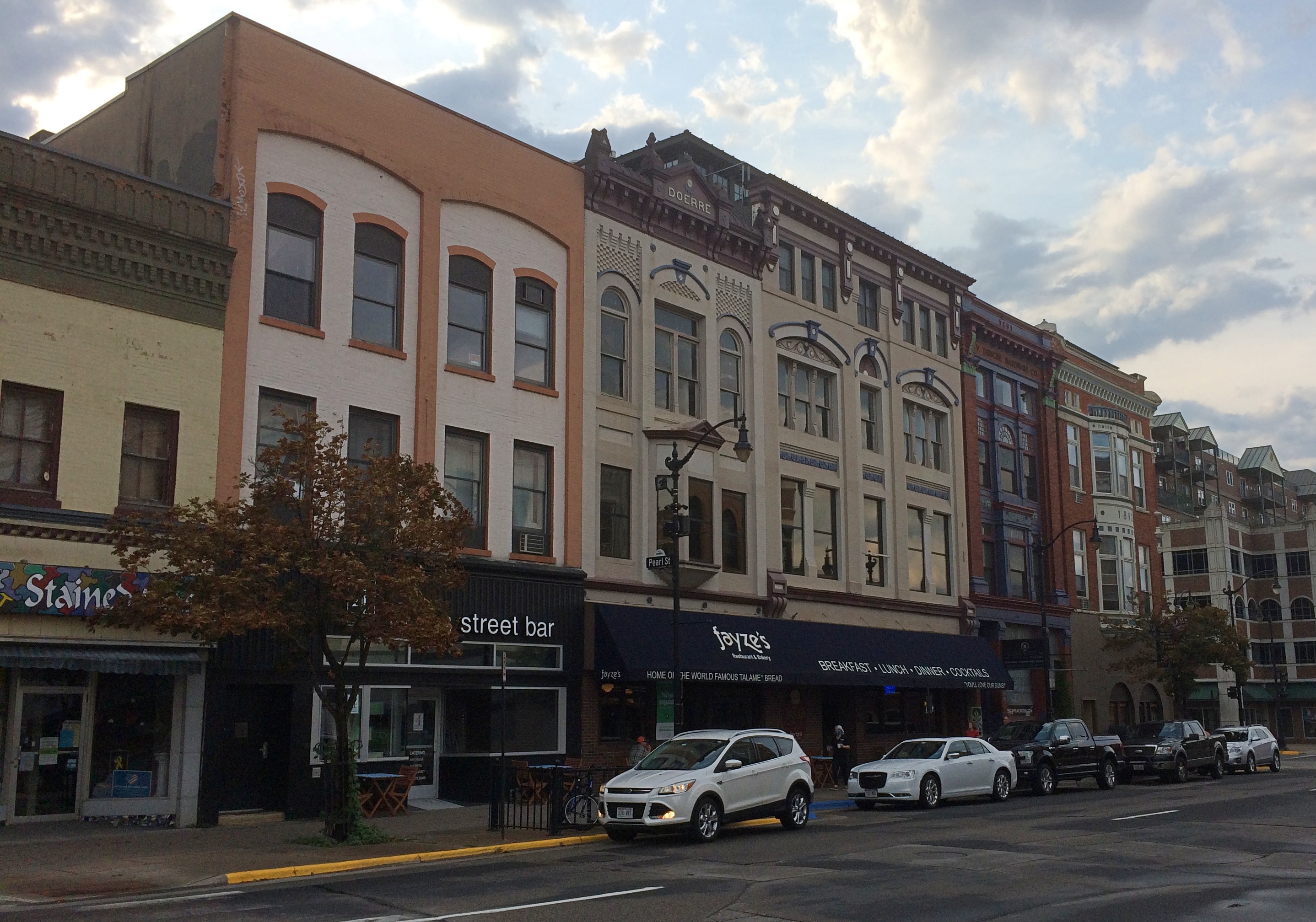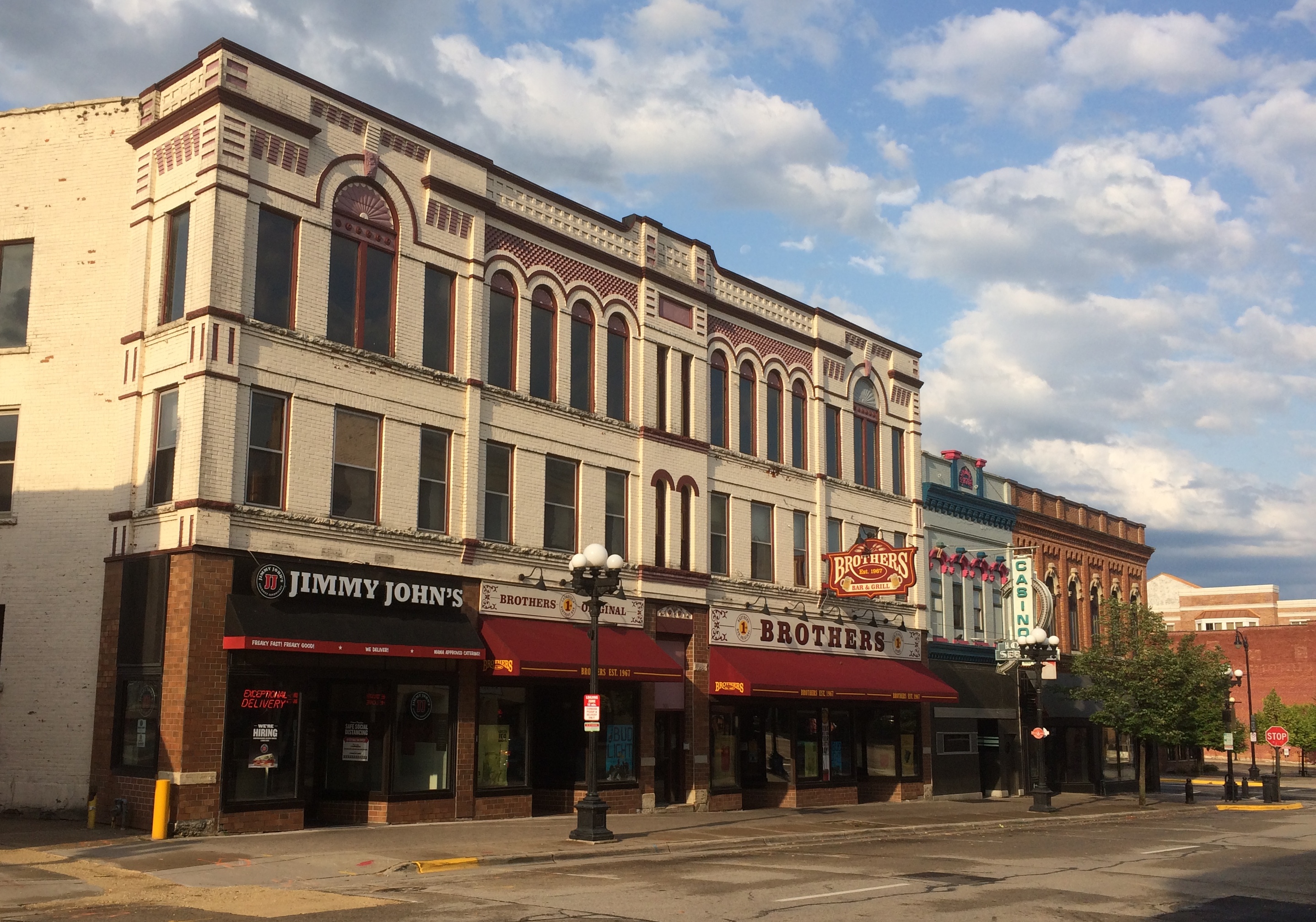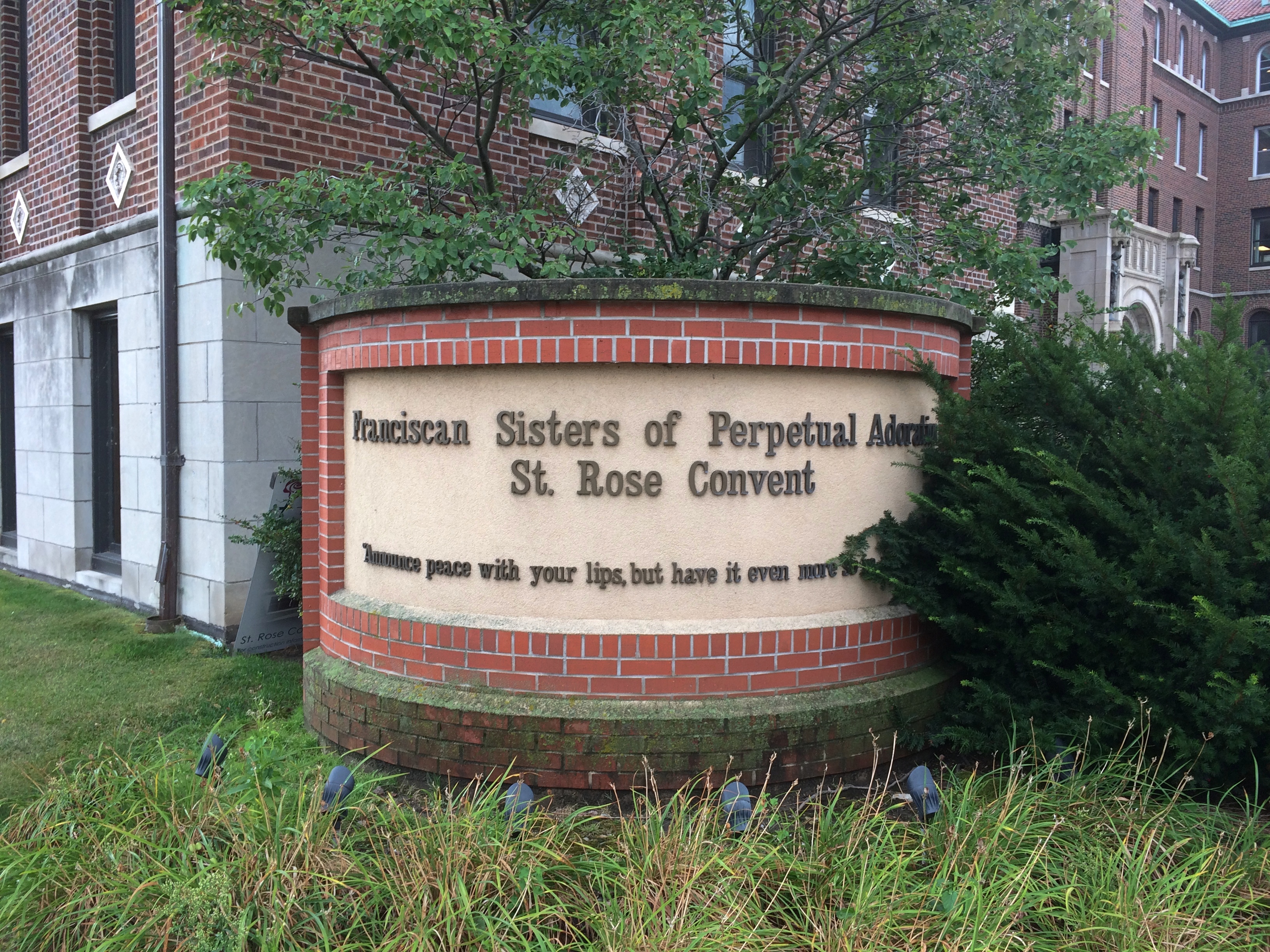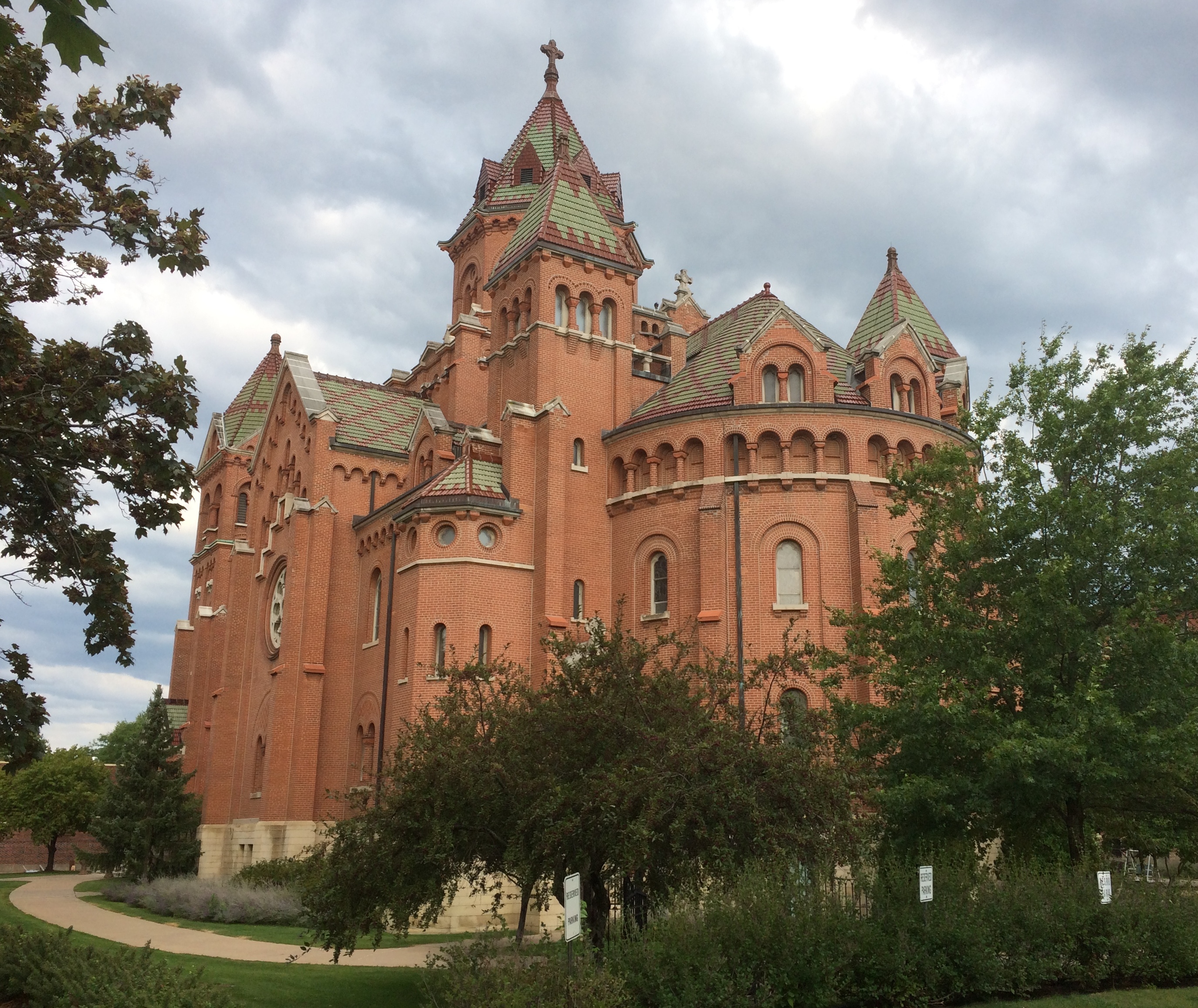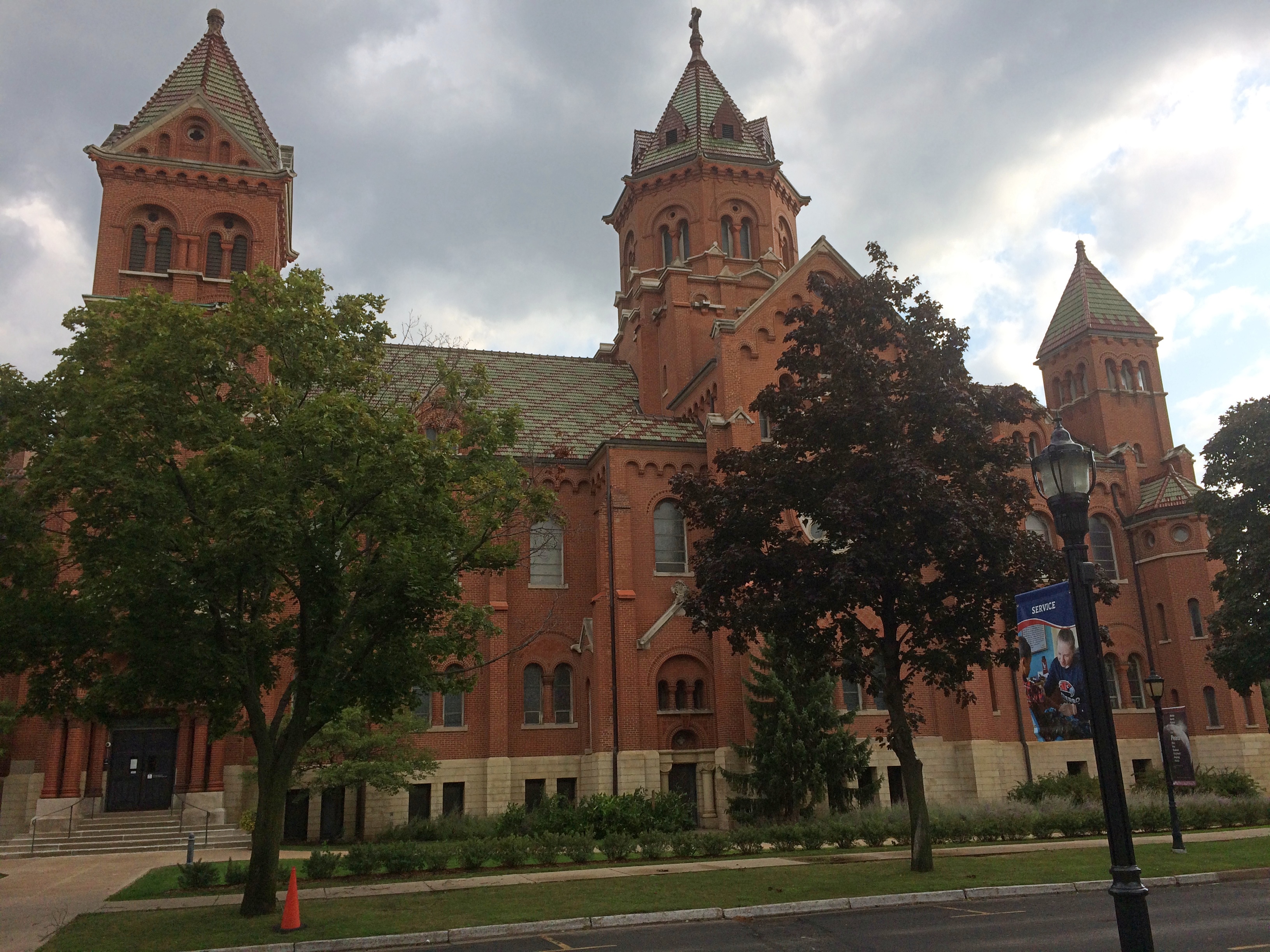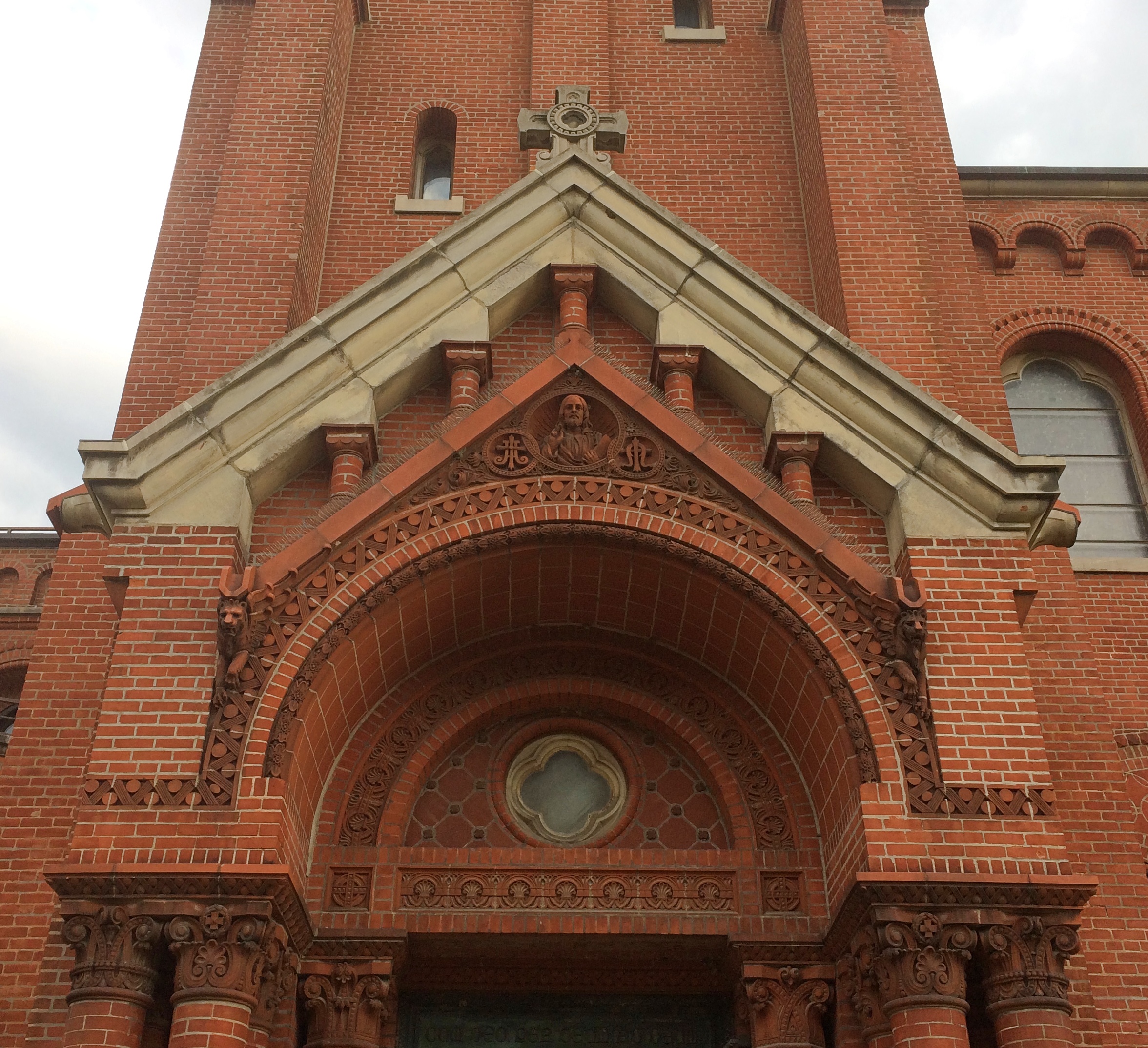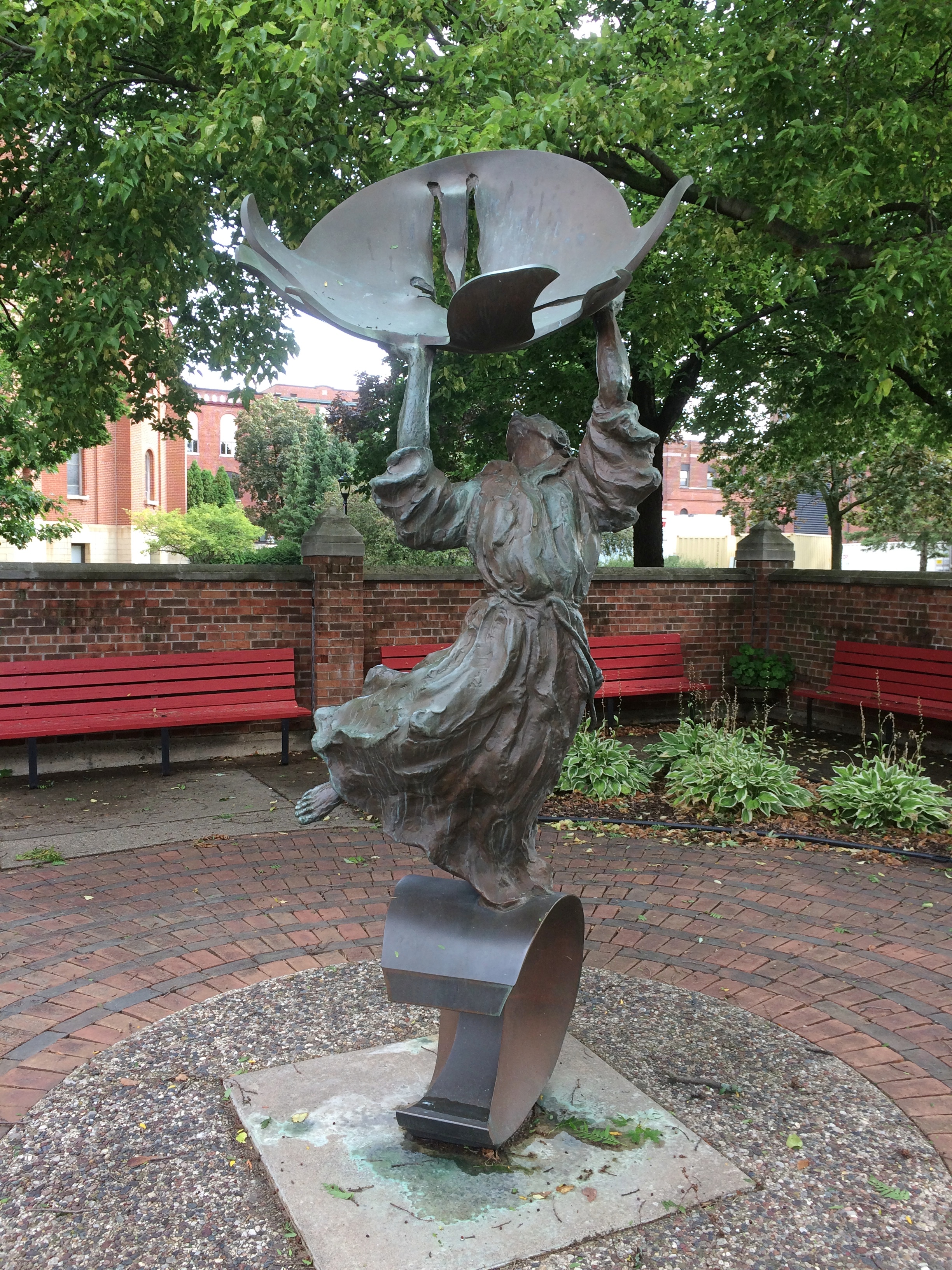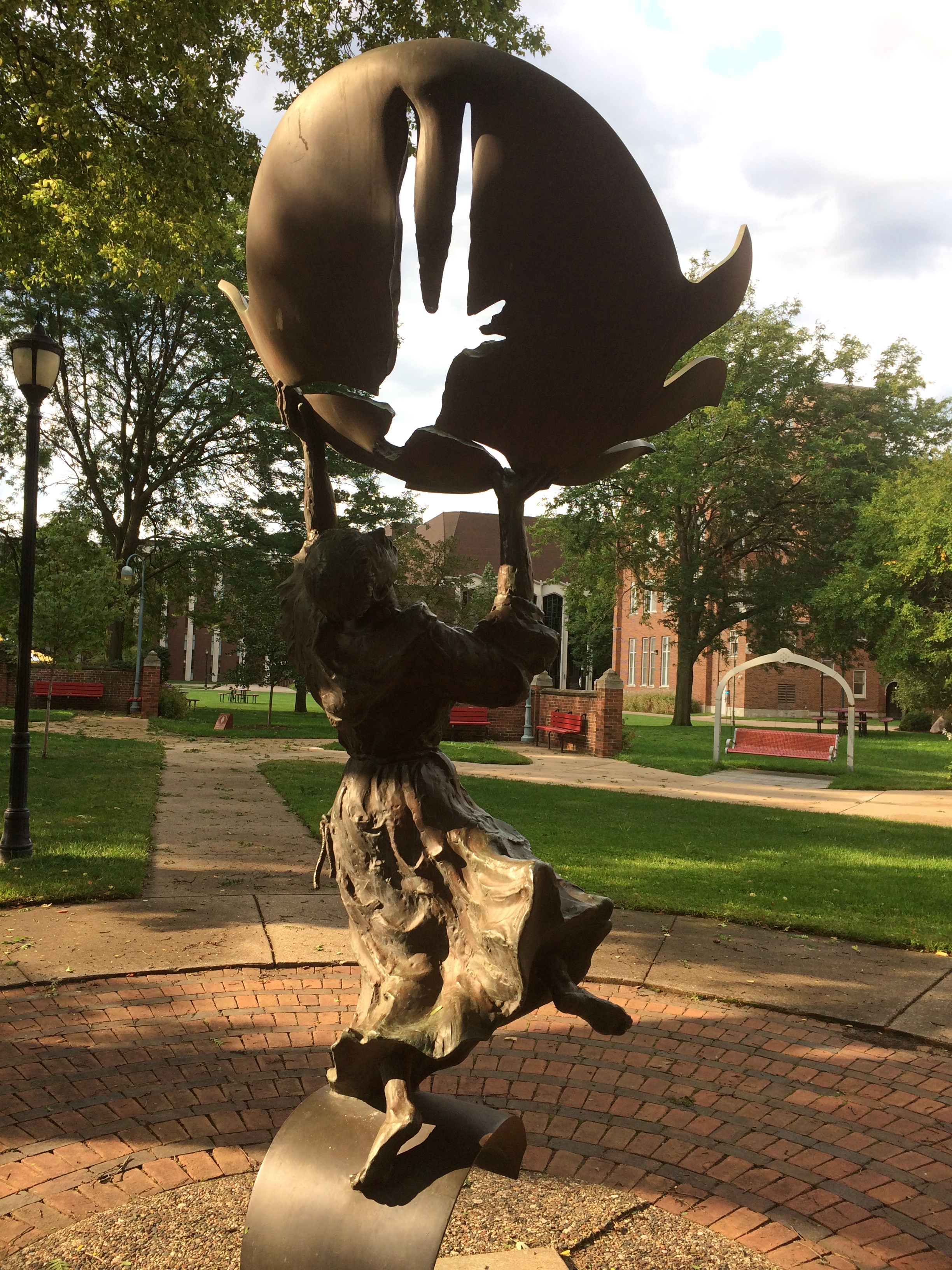While visiting Olivet Nazarene University in Bourbonnais on Sunday afternoon, I spotted a church building from a distance that I took to be the campus chapel or the like. I decided to drive over to its parking lot for a closer look.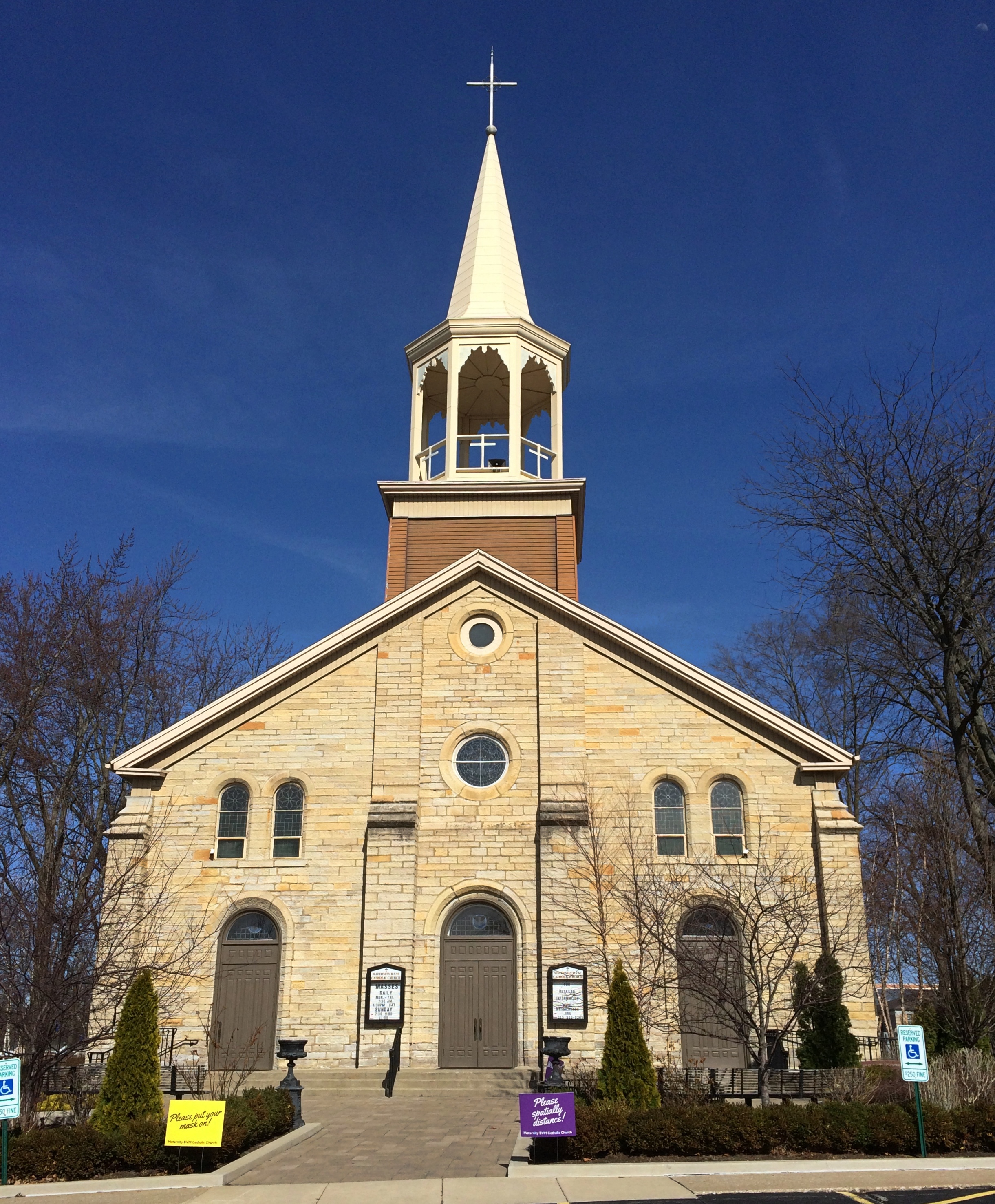 I was wrong. It was Maternity of the Blessed Virgin Mary Catholic Church, which is decidedly not part of ONU, though adjacent to it for historic reasons that I will get into.
I was wrong. It was Maternity of the Blessed Virgin Mary Catholic Church, which is decidedly not part of ONU, though adjacent to it for historic reasons that I will get into. “The original Maternity BVM Catholic Church, a 110-foot-by-50-foot wood-framed structure, had burned to the ground in September 1853,” Jack Klasey wrote in the Daily Journal, a local paper. “The frame church had been built in 1847 to replace the settlement’s first Catholic house of worship, a small log structure known as the church of St. Leo. The log church had been erected in 1841.
“The original Maternity BVM Catholic Church, a 110-foot-by-50-foot wood-framed structure, had burned to the ground in September 1853,” Jack Klasey wrote in the Daily Journal, a local paper. “The frame church had been built in 1847 to replace the settlement’s first Catholic house of worship, a small log structure known as the church of St. Leo. The log church had been erected in 1841.
“Like many of his parishioners, [Rev. Isadore Lebel] had been born in Canada. The plan that he brought to Bourbonnais Grove reflected the church architecture of his native Quebec province. It is believed to be based upon a church in Cap-St.-Ignace, located on the south shore of the St. Lawrence River, a short distance downstream from Quebec City… Construction work was probably begun some time in 1855 or 1856 and not completed until 1858.”
I was certain the building would be locked (as it was, too bad), but I got out the car for a look anyway. Then I noticed a patch of land next to and behind the church that seemed worth investigating.
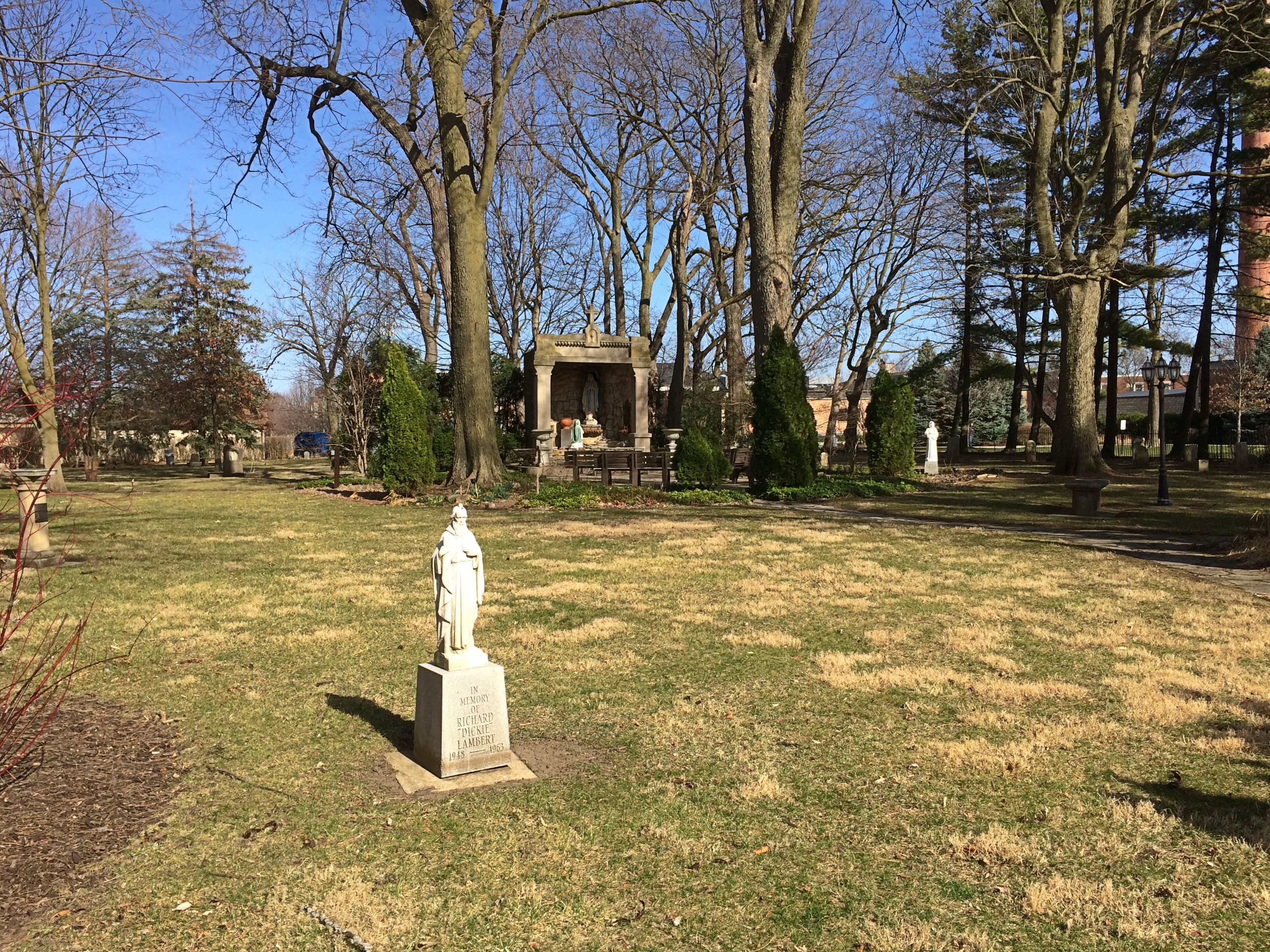 A grotto.
A grotto.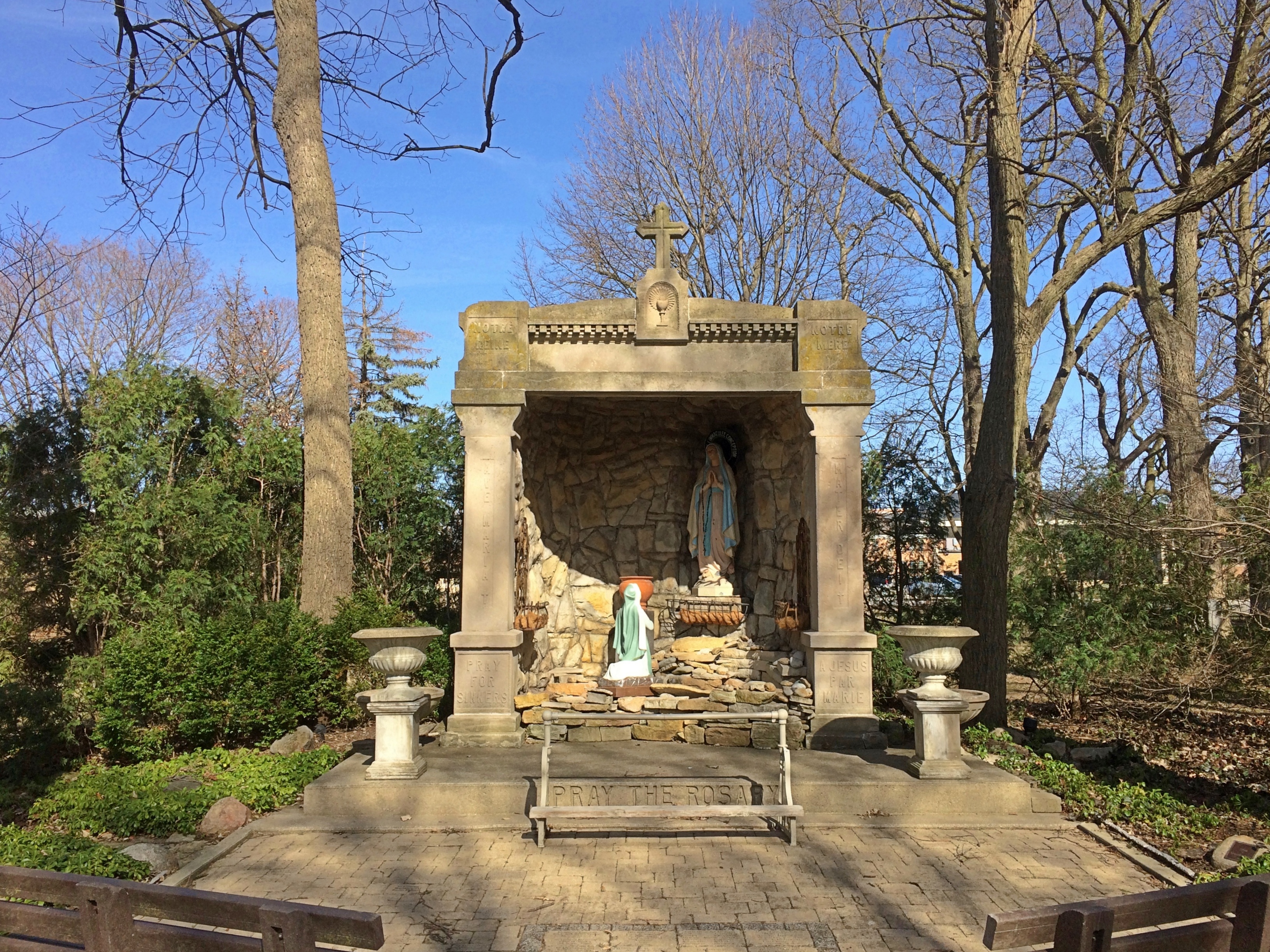
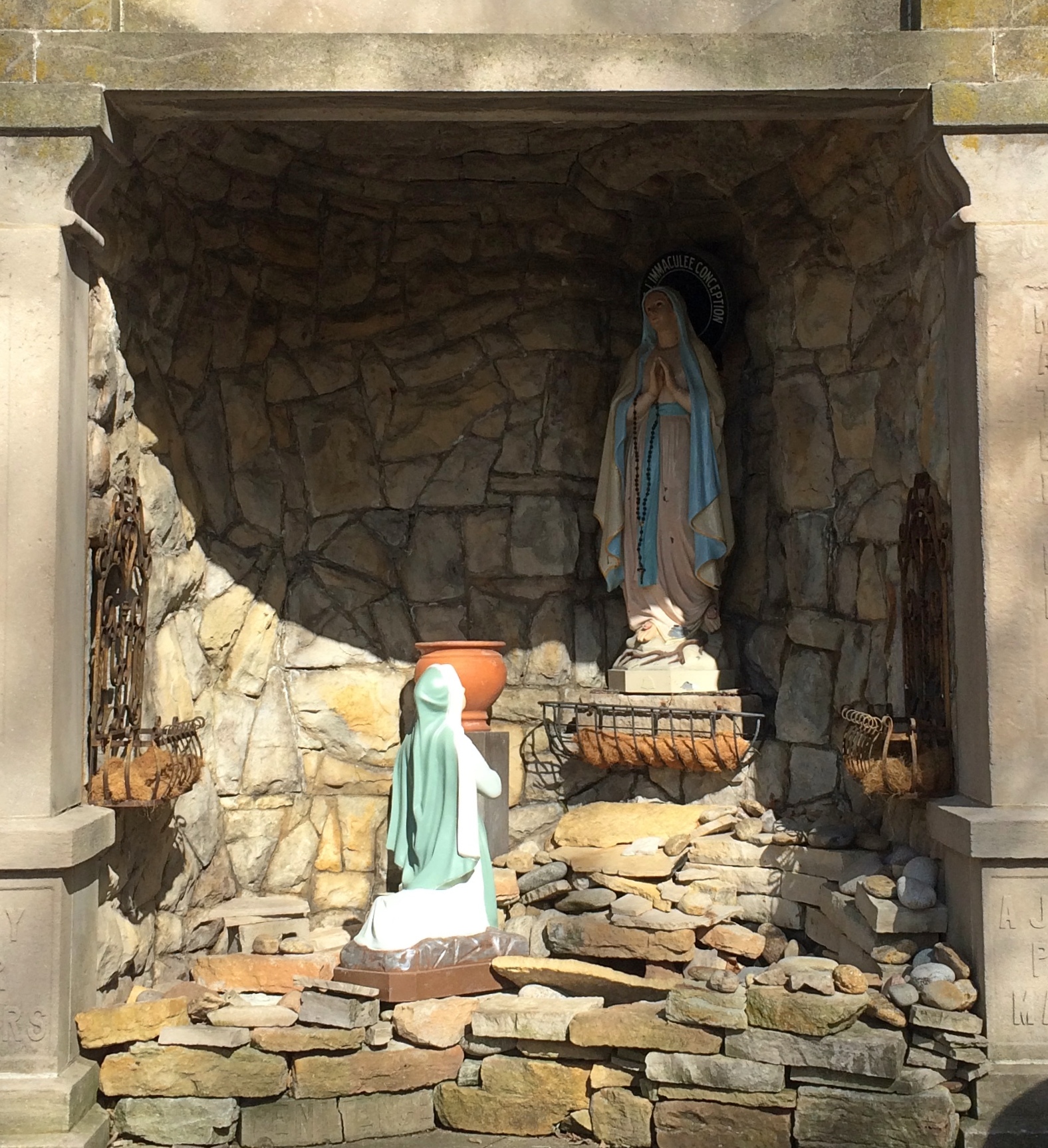
Maternity BVM has an informative walking tour on its web site for downloading. The centerpiece of the grotto, it tells me, is a shrine built to Our Lady of Lourdes.
“Br. John Koelzer, a Viatorian brother, began building the grotto just over 100 years ago, in 1915. It took three years to complete [and] is fashioned (using stones carved by local residents) in the image of Our Lady of Lourdes, when she appeared to young Bernadette.
“Over the years, she has interceded for the safety of soldiers as far back as World War I, as well as countless school children, bridal couples, rosary groups and worshippers of all ages who have sought her protection.”
The Viatorians — another group I’d never heard of till I researched a place I’d been — are “an international Roman Catholic religious congregation comprised of priests, brothers and lay associates, headquartered in Arlington Heights, IL. Collectively, the congregation is known as the Viatorian Community.”
“Fr. Louis Querbes (1793-1859) founded the congregation in Vourles, France in the 19th century during the years following the French Revolution. Realizing the need to provide education for youth, Fr. Querbes’ vision was to send religious brothers and lay catechists of deep faith and competent learning to parish schools in the countryside.
“As patron saint of the congregation, Fr. Querbes chose St. Viator, a young, 4th century catechist-lector of the cathedral church of Lyons, France.”
True to their education focus, the Viatorians who found their way to Bourbonnais from Canada set up a school that became St. Viator College in 1868. The Depression put an end to the school, however, and the site was sold to Olivet Nazarene University.
The church and the grotto remain. As does a cemetery on the grounds. I wasn’t expecting that.
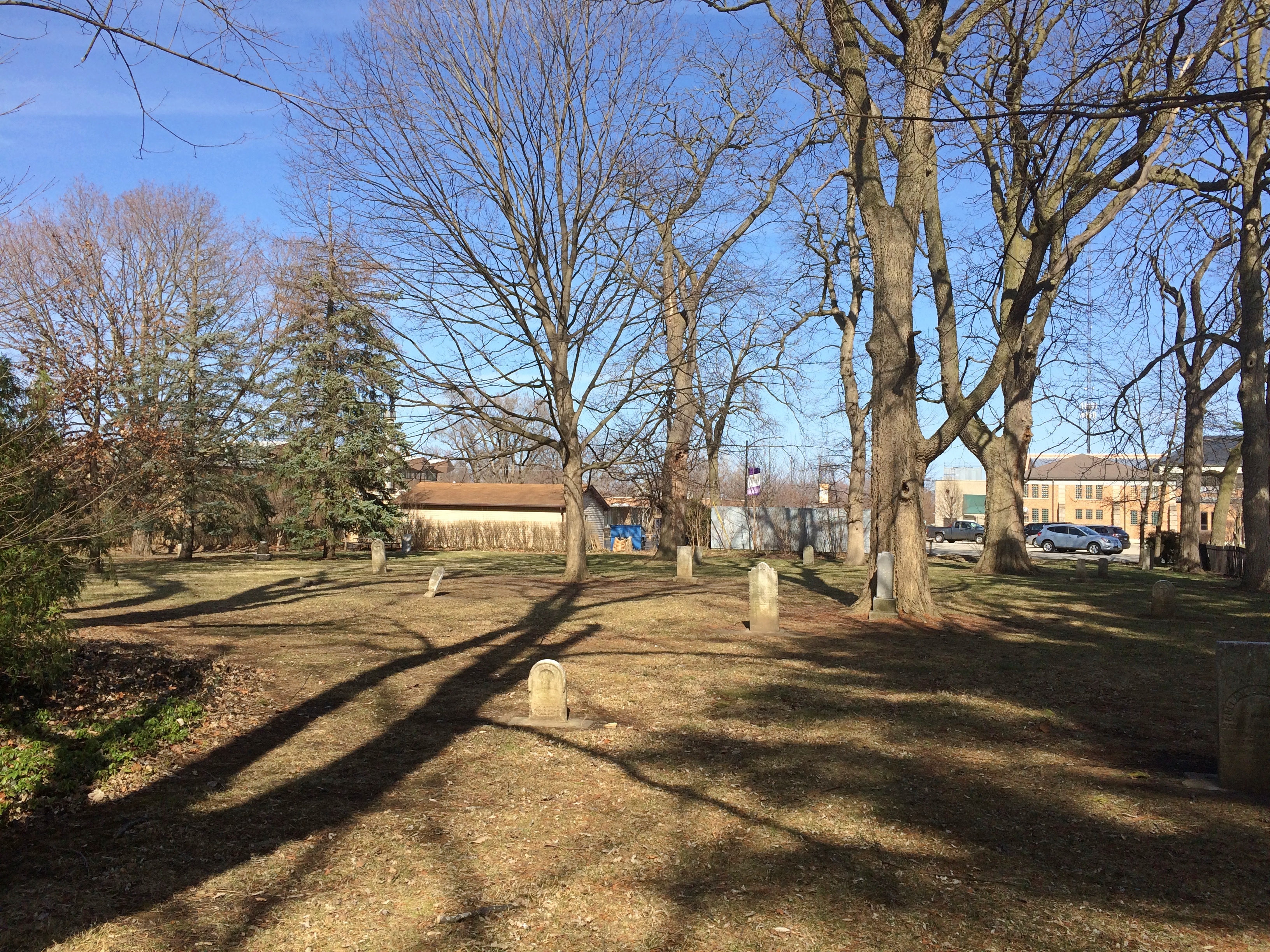
“Now take a look around the cemetery/grotto and you will also notice several headstones scattered throughout the space,” the tour says. “The cemetery was opened near St. Leo’s Chapel in 1842. By 1884, the old graveyard had no more empty spaces as hundreds are buried here. Many of the grave markers have deteriorated over the years, but there are approximately 30 headstones that still exist and have legible engravings. The earliest legible burial was David Spink, 1848.”
Deteriorated indeed.
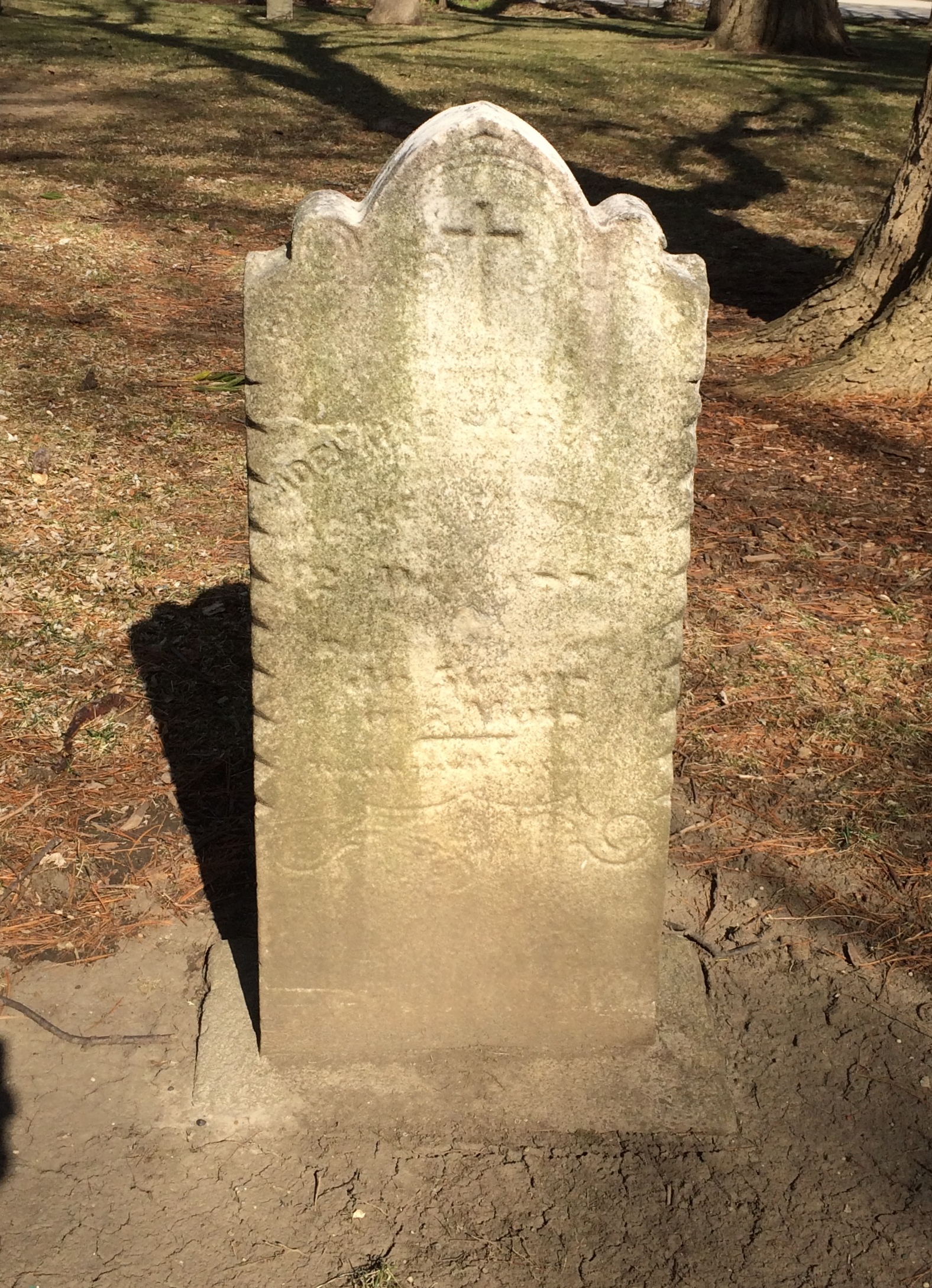 Elsewhere on the grounds is a sundial.
Elsewhere on the grounds is a sundial.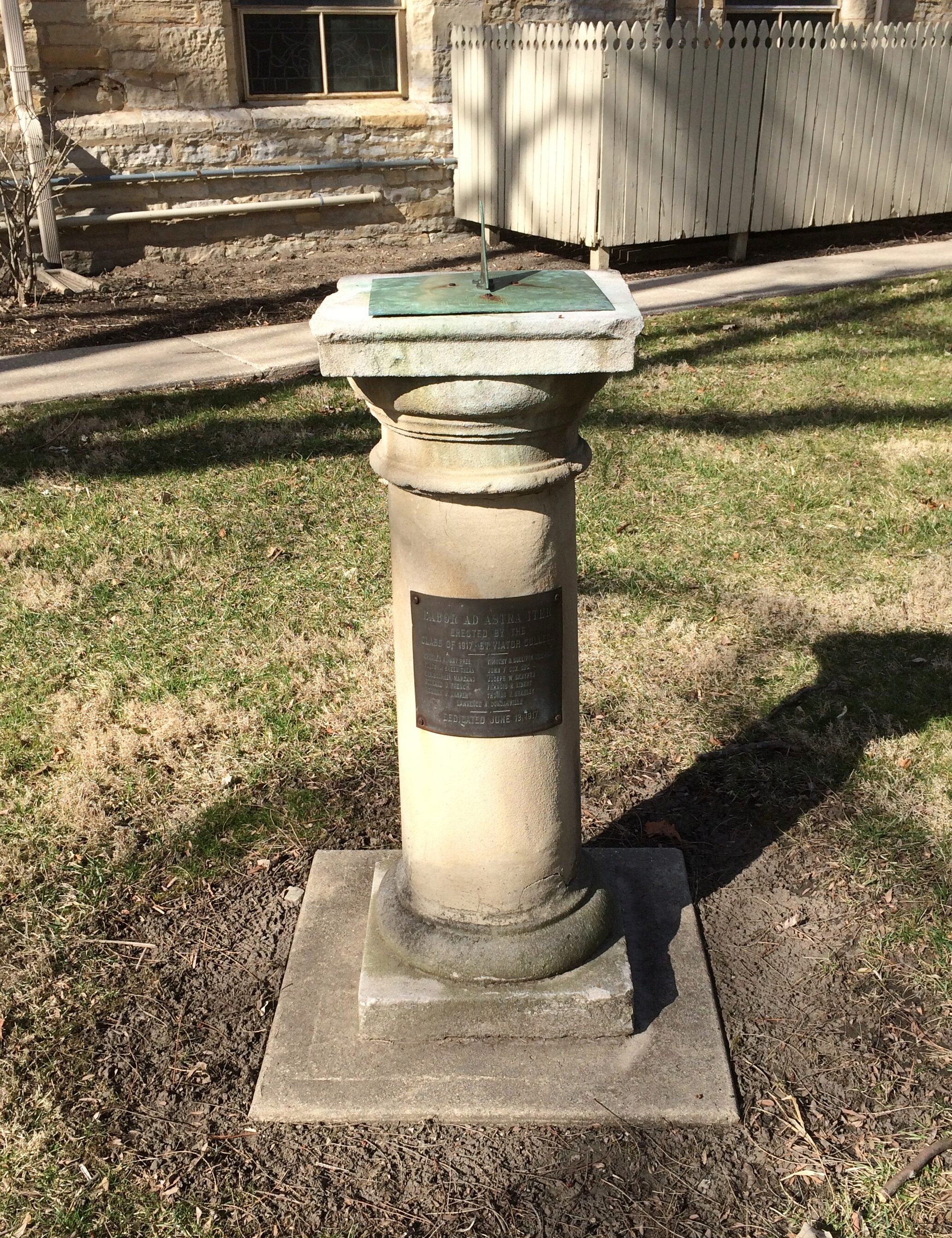

When I stood in front of the sundial, it was about 3:30 CDT, or 2:30 by the sun, a time I could have indeed told by the shadow. The sundial was a gift from the St. Viator College Class of 1917, dedicated on June 13 of that year. Eleven members of that class are listed on the sundial plaque, including the class treasurer, Fulton J. Sheen. He had quite a career ahead of him, with influence in unexpected places.
Near the entrance of the grounds is a boulder with a plaque askew.

The plaque has been in place almost exactly 100 years, having been dedicated on Decoration Day, 1921. It honors the aforementioned “sturdy Viatorian pioneers” (the plaque’s term) who founded St. Viator College.
Just as we were about to leave — I was already back in the car — I spotted yet another plaque, one considerably harder to see, under a bush. In spring or summer, it might be impossible to see.
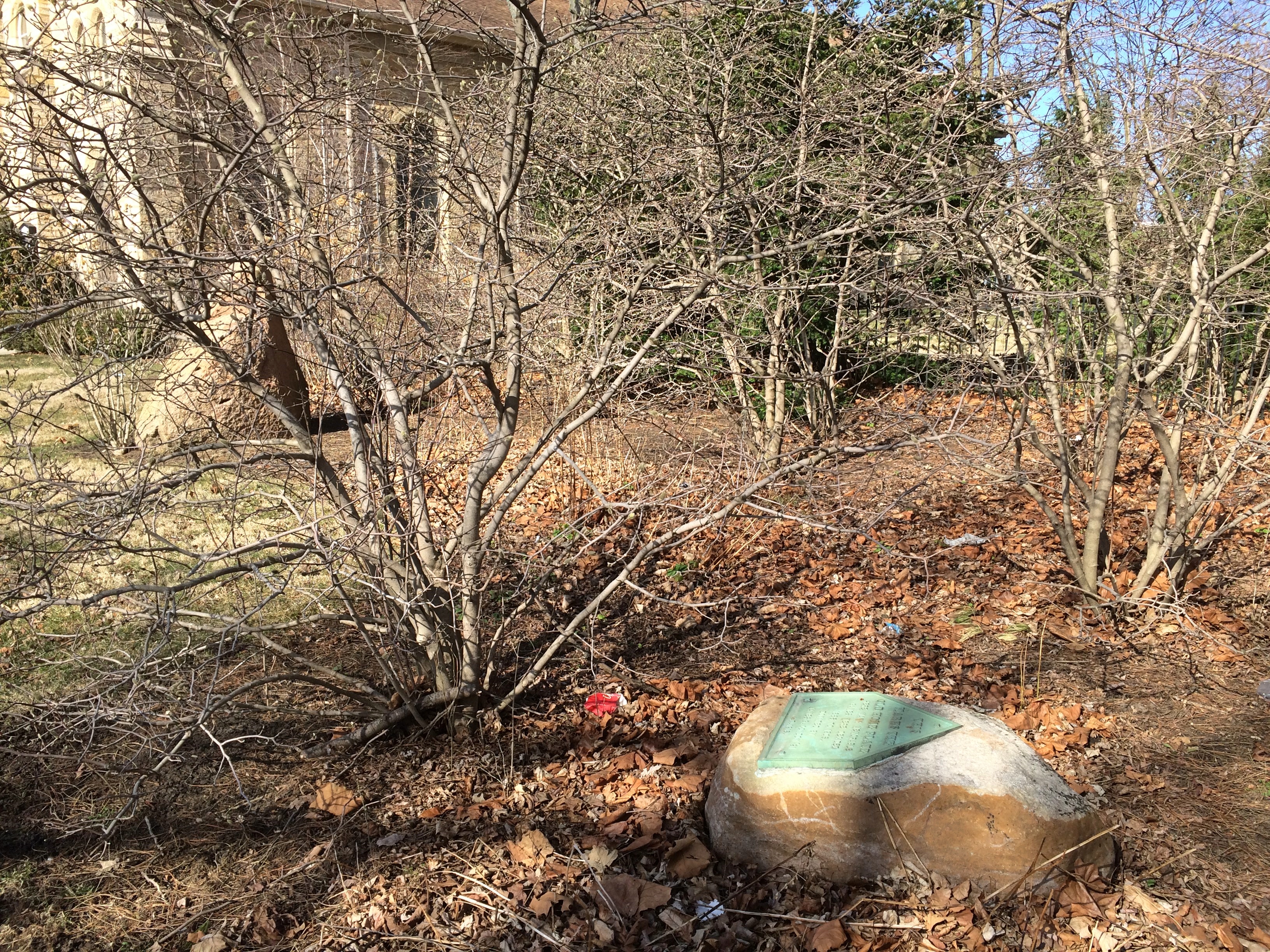 “I have to see one more thing,” I told my family. They’re used to that kind of thing. But I knew if I ignored it, I’d wonder about it later. I was well rewarded by my curiosity, since the plaque made me smile. It wasn’t anything remotely like I expected.
“I have to see one more thing,” I told my family. They’re used to that kind of thing. But I knew if I ignored it, I’d wonder about it later. I was well rewarded by my curiosity, since the plaque made me smile. It wasn’t anything remotely like I expected.
 A home plate memorial. Listen closely on moonless nights, maybe, and you can hear the faint cheers of late 19th-century Catholic collegians playing base ball.
A home plate memorial. Listen closely on moonless nights, maybe, and you can hear the faint cheers of late 19th-century Catholic collegians playing base ball.






